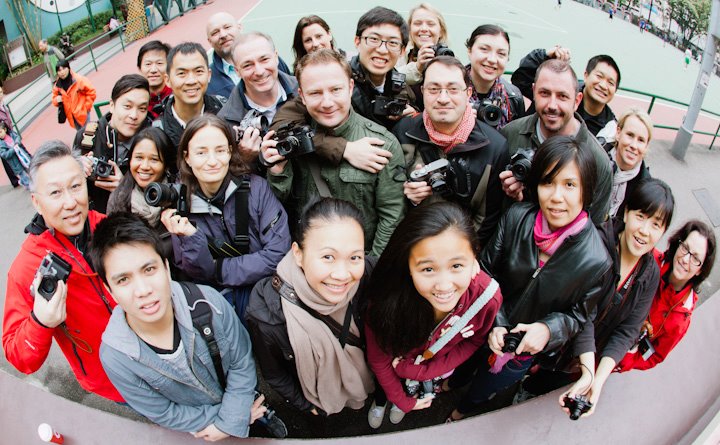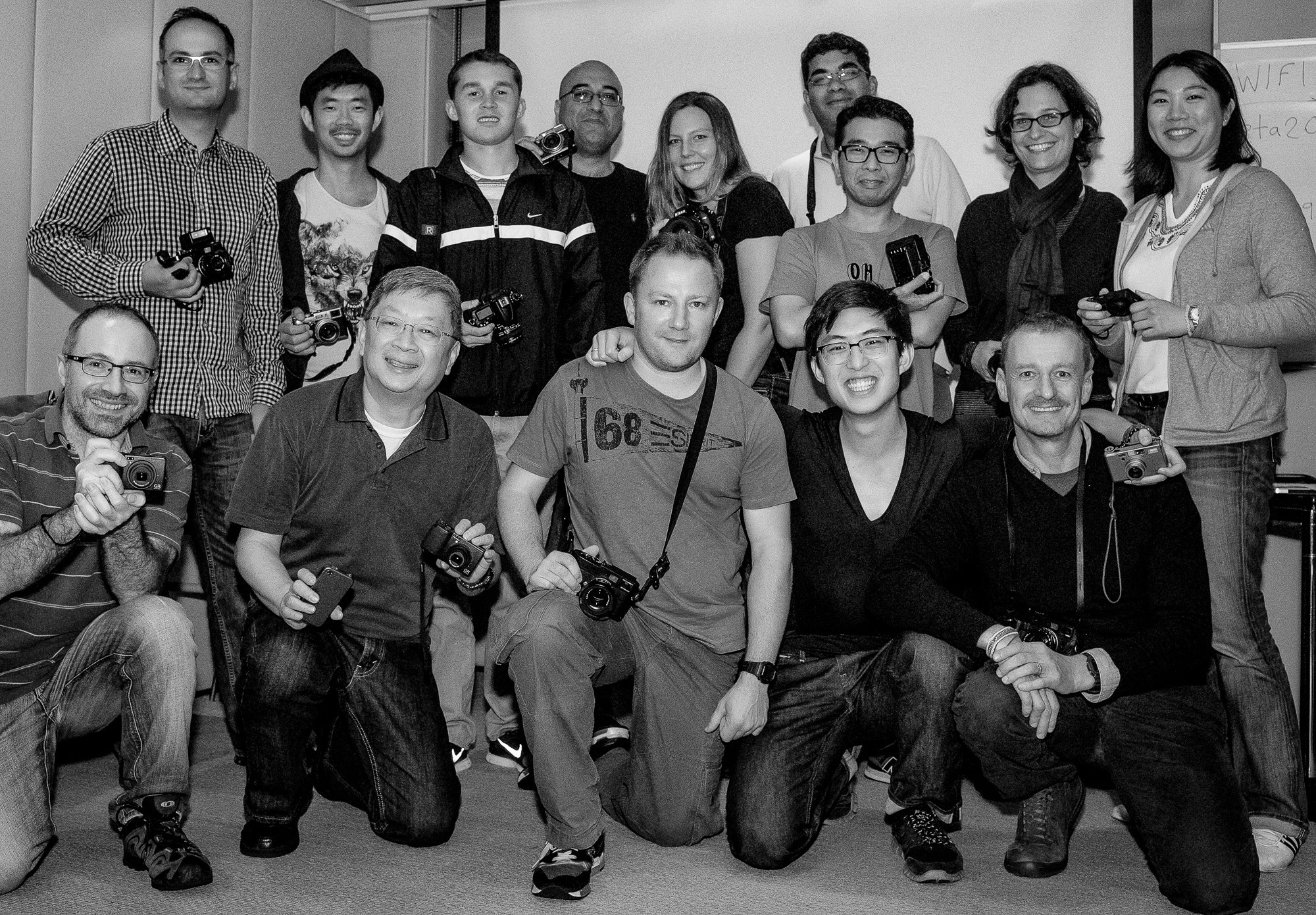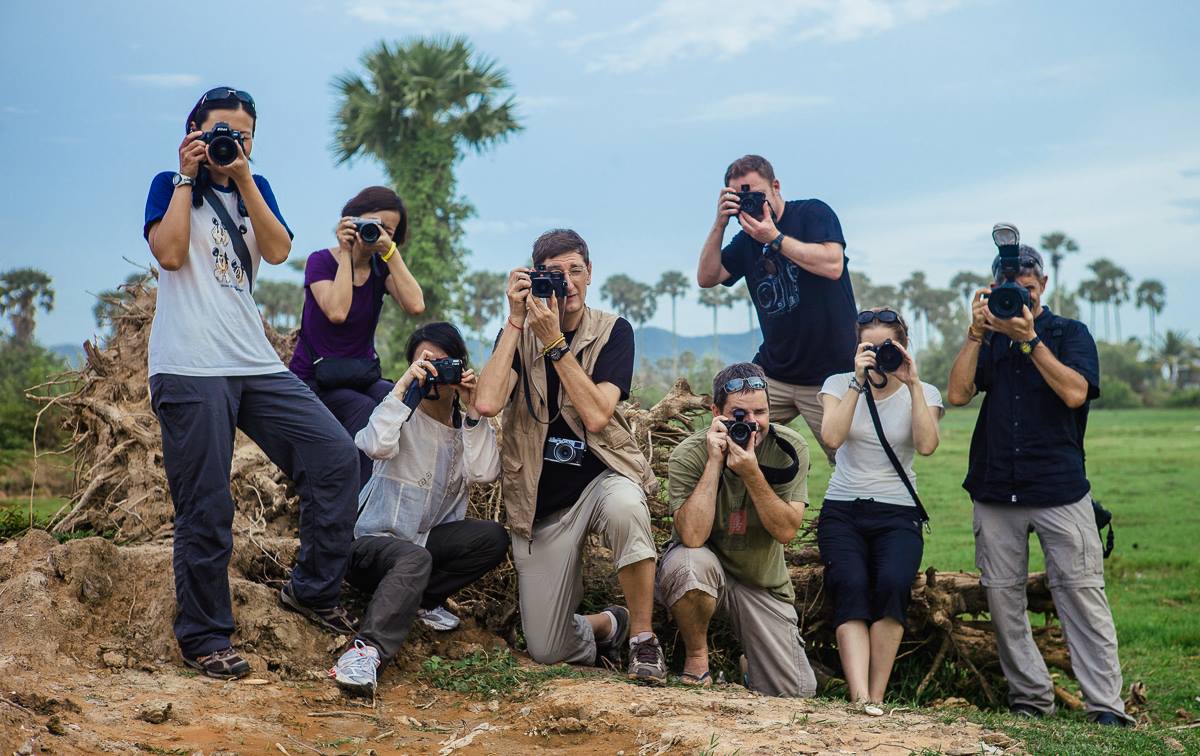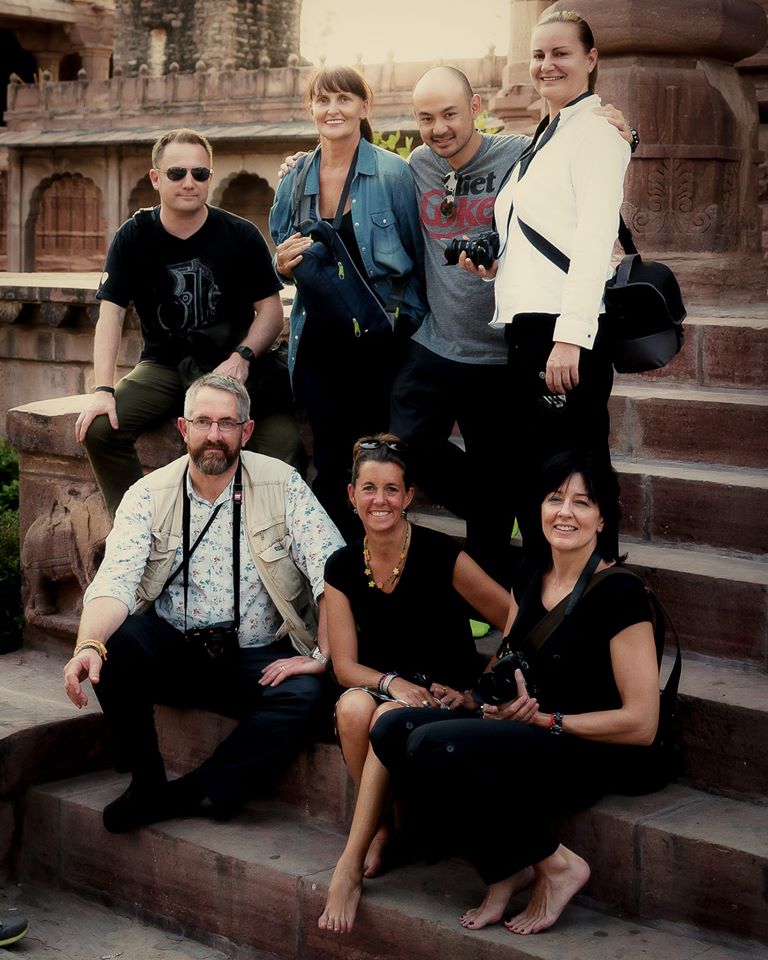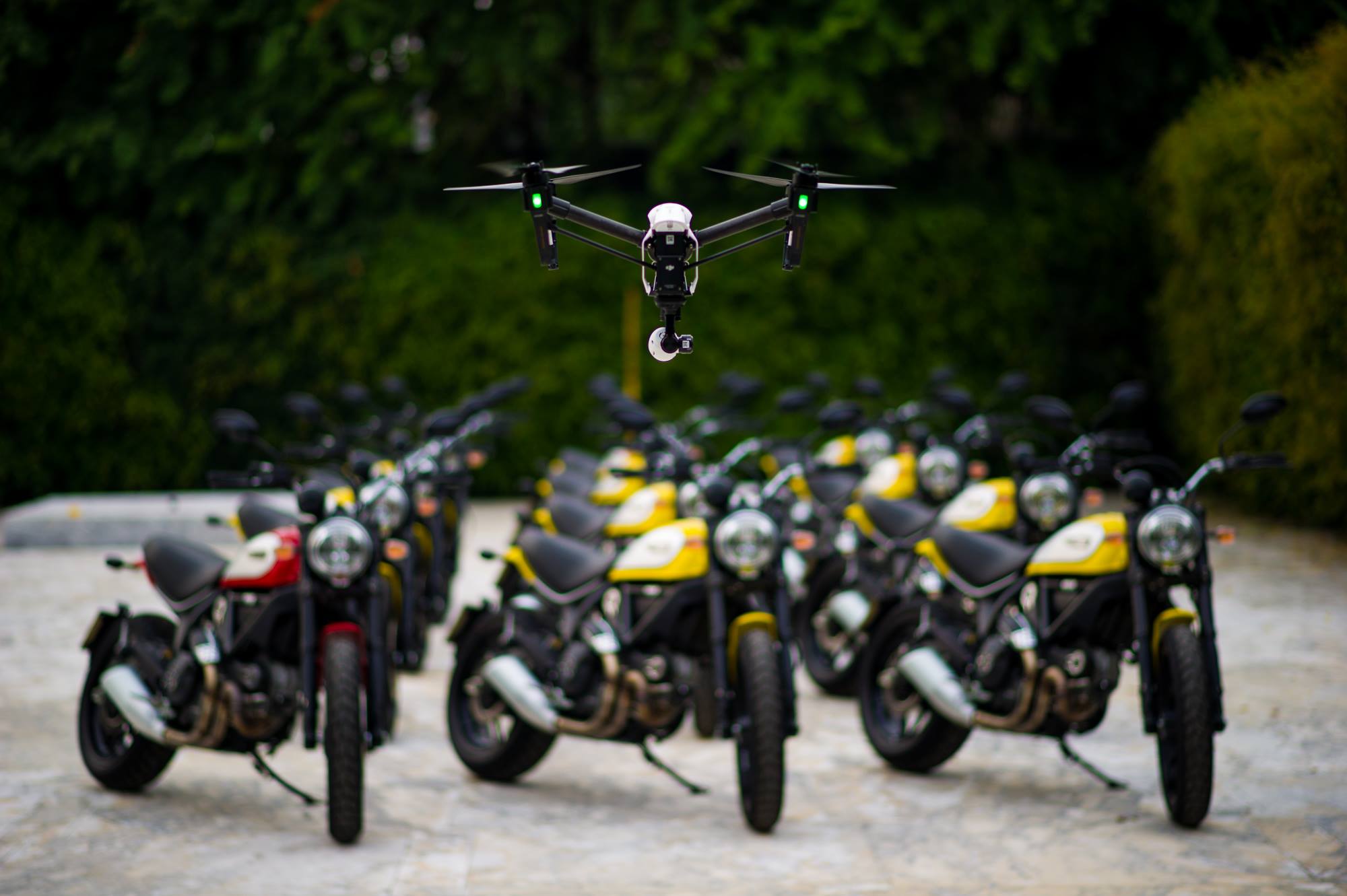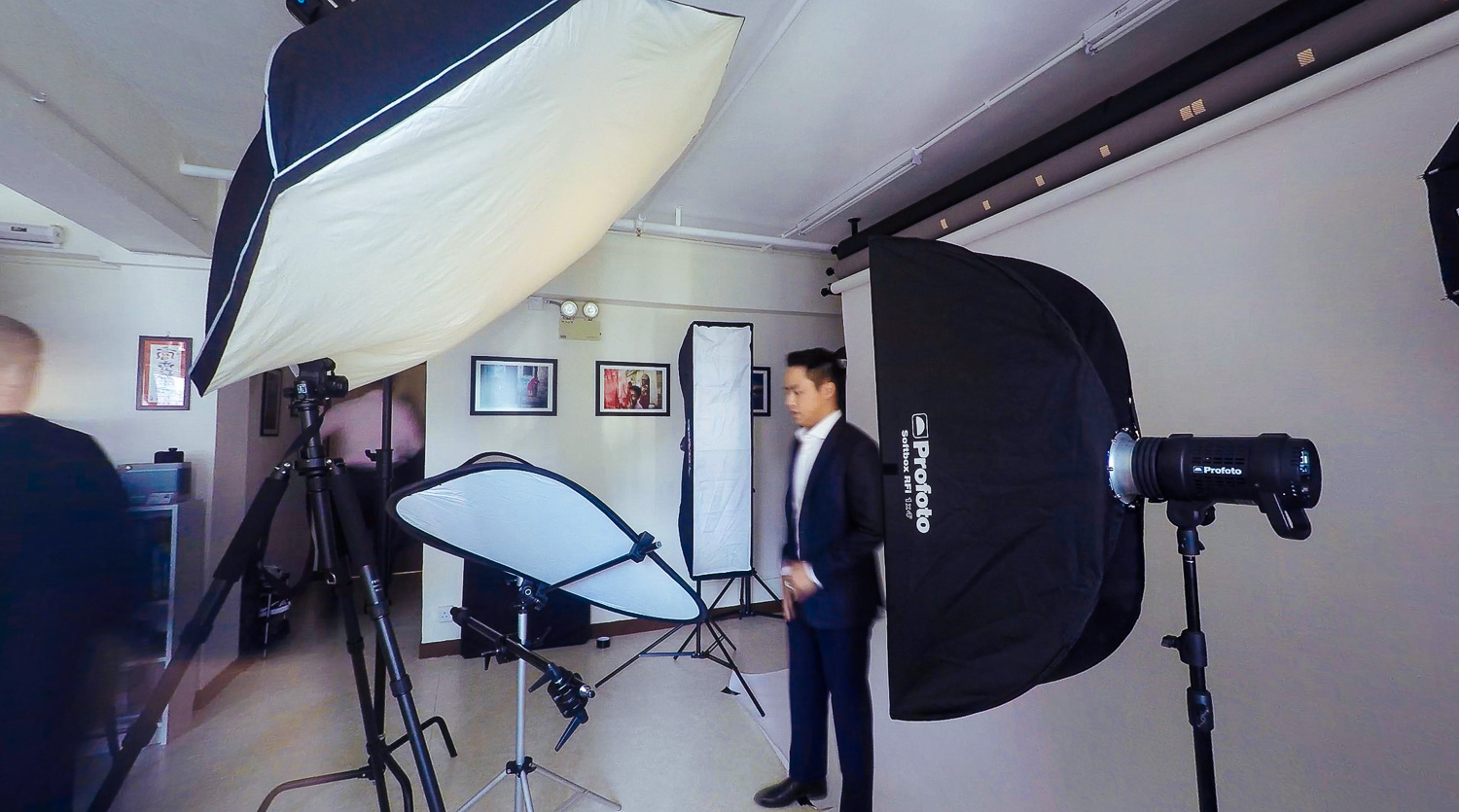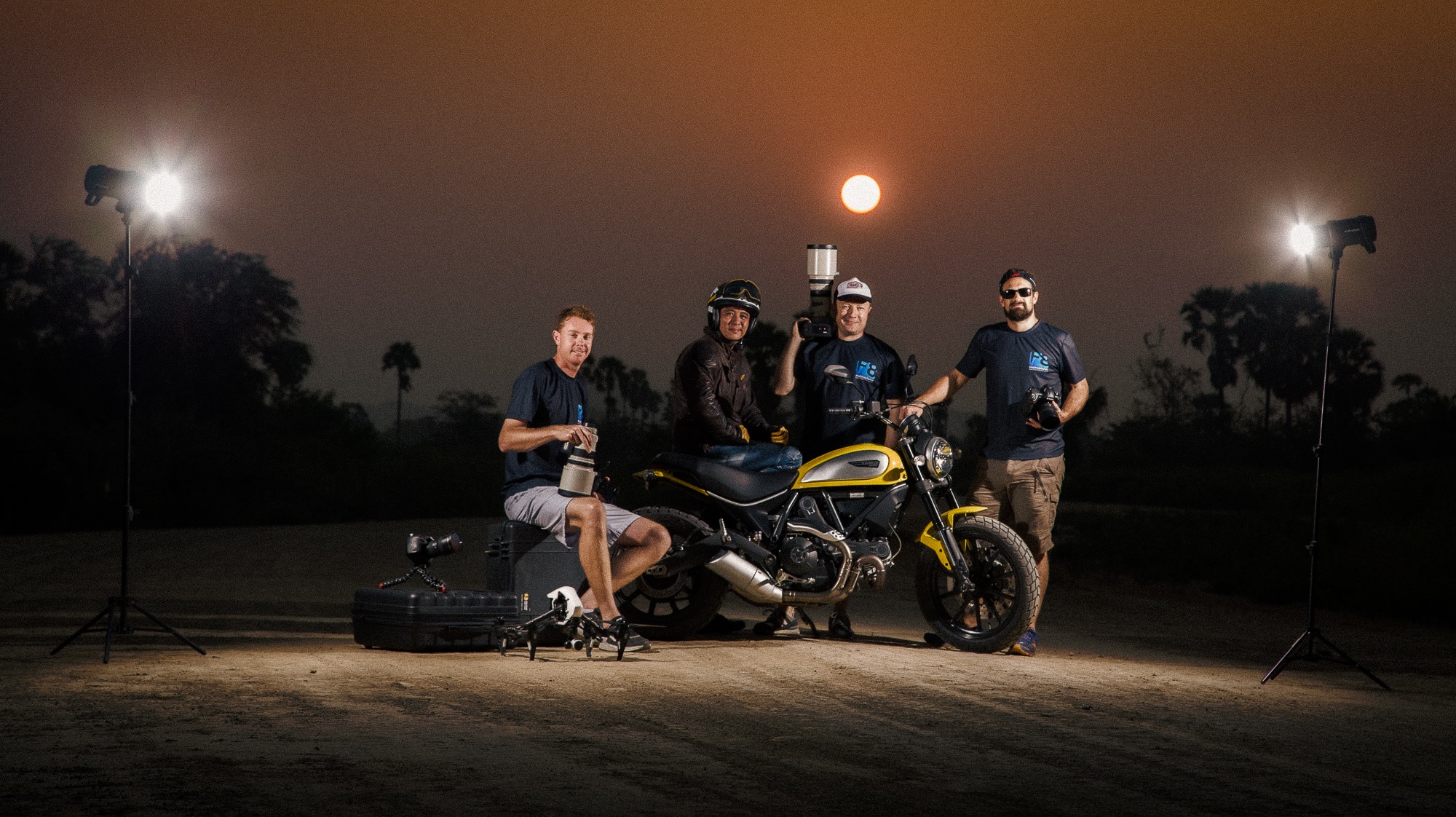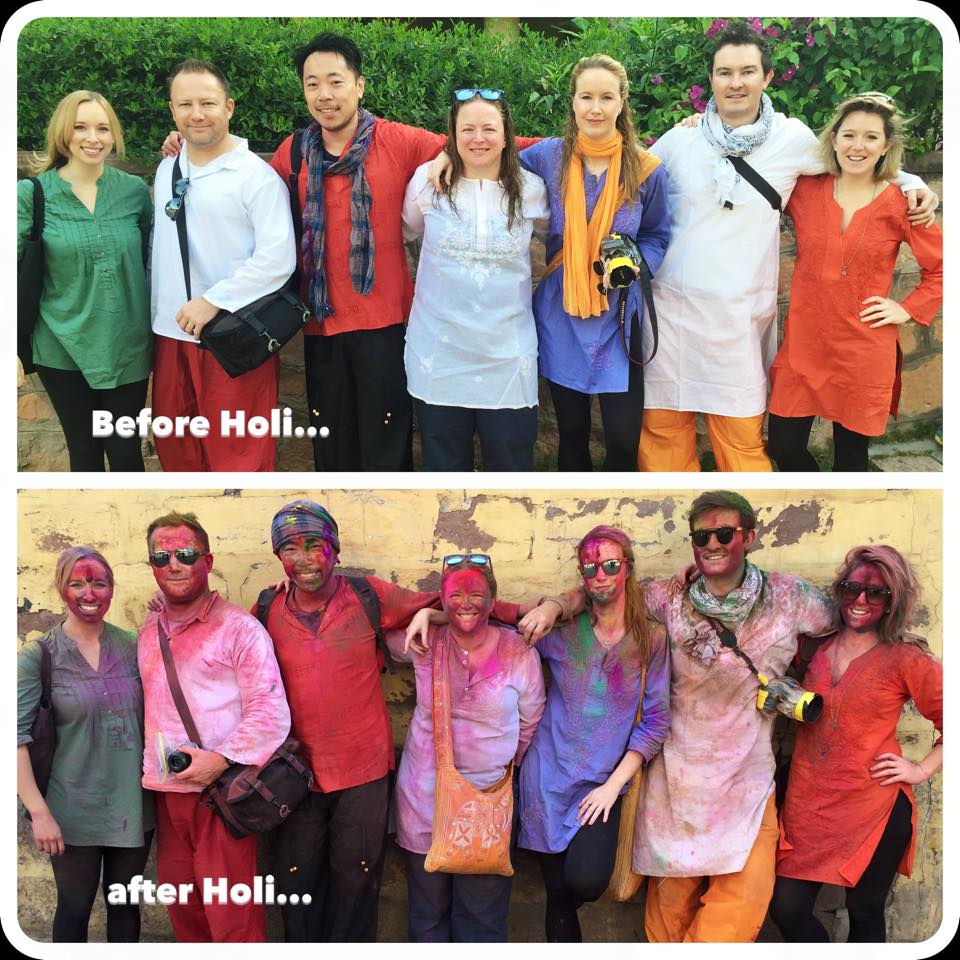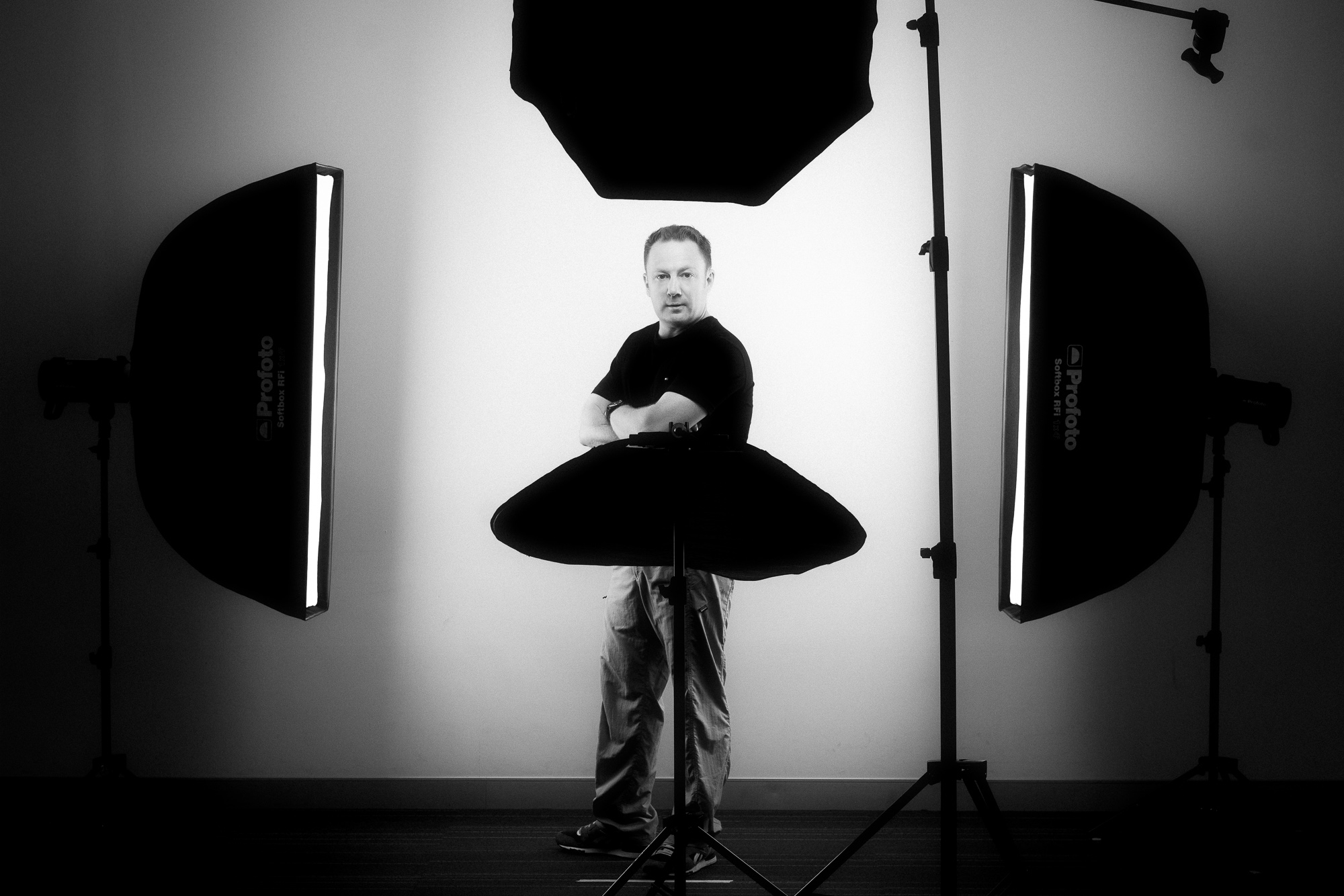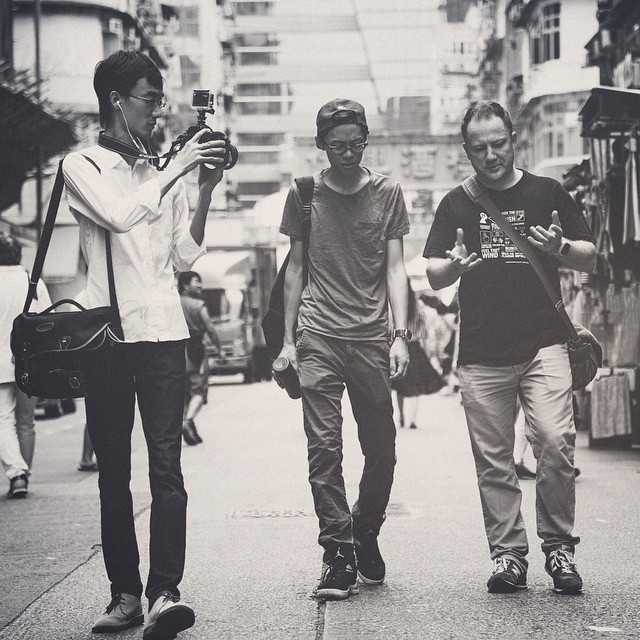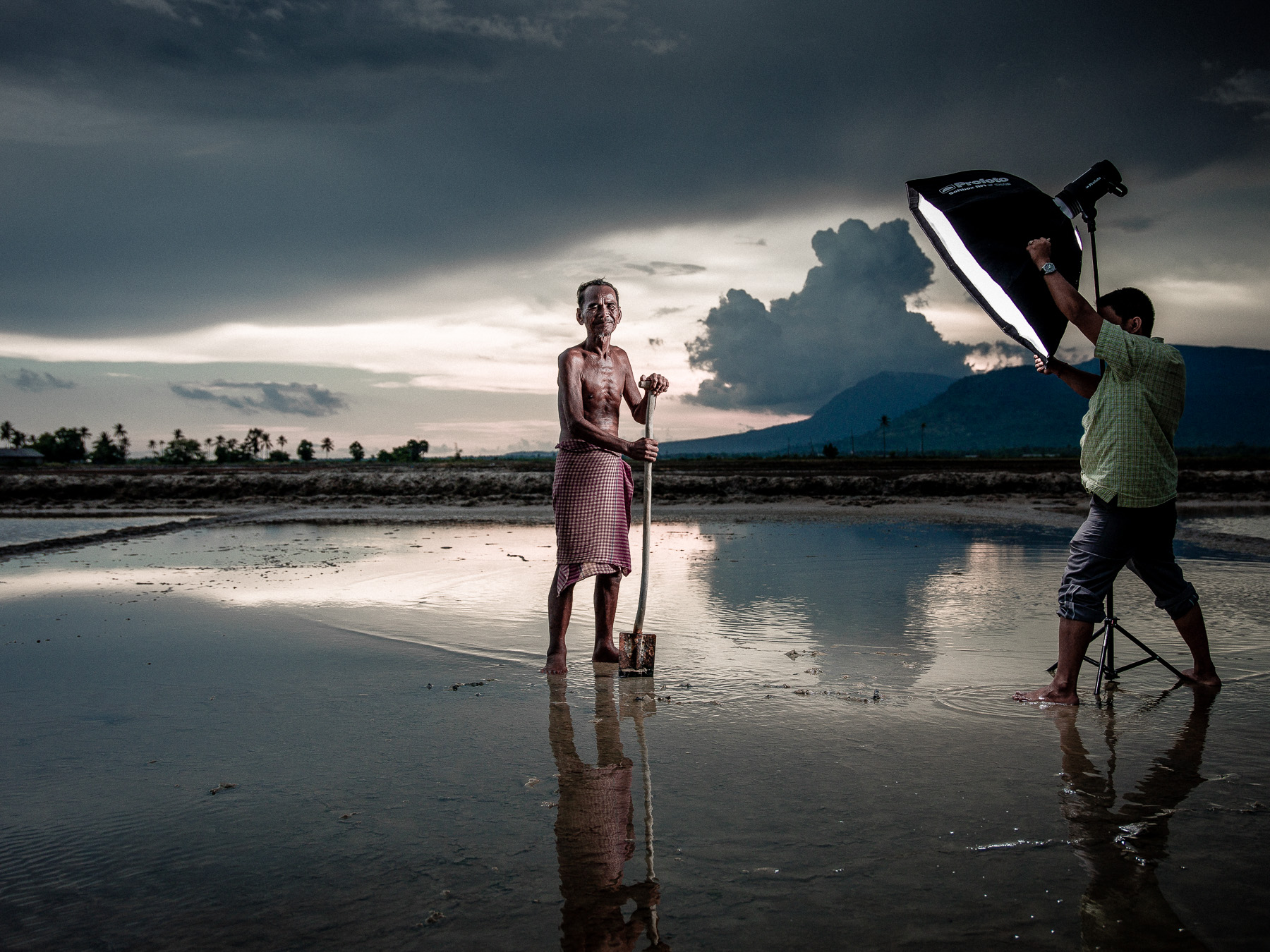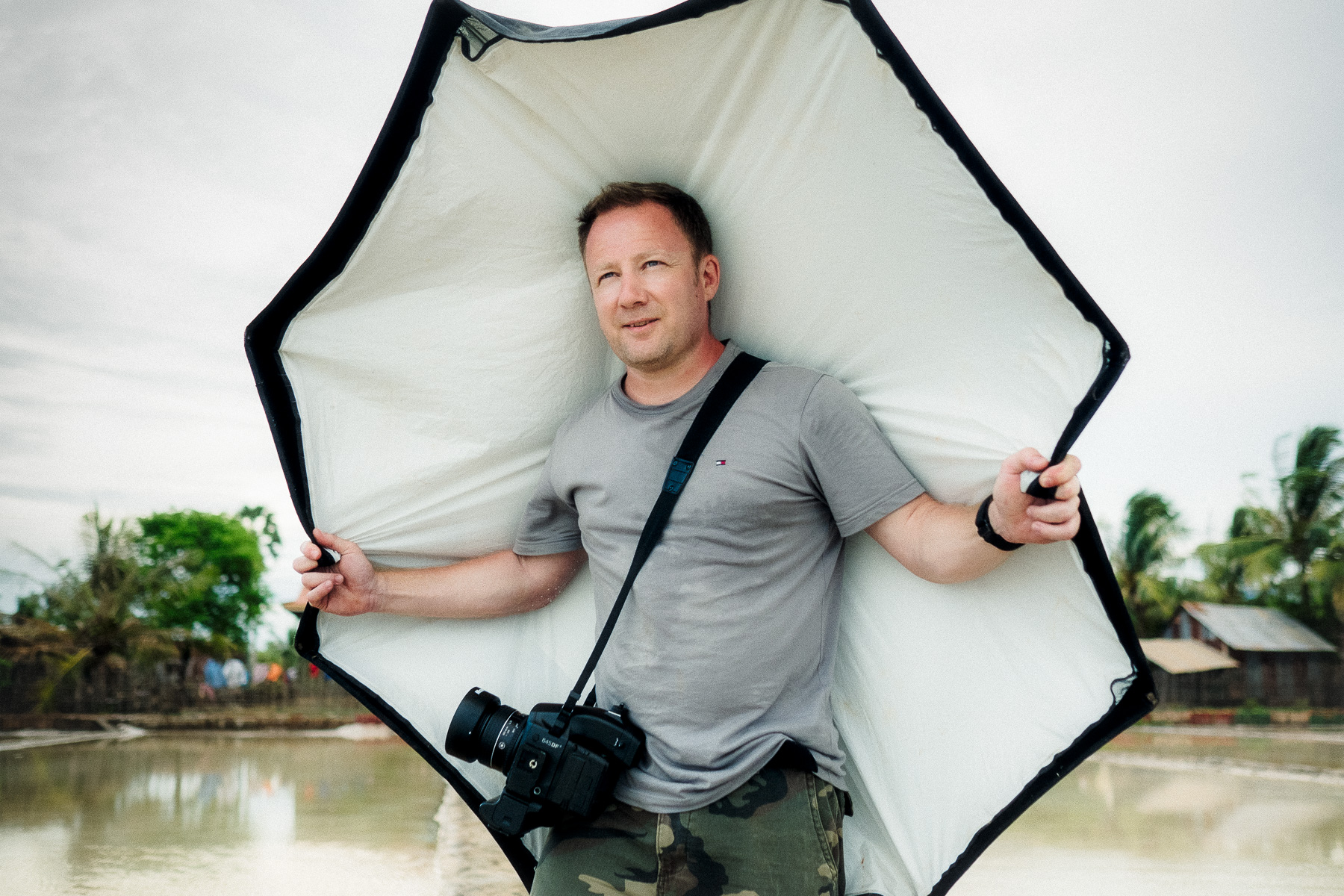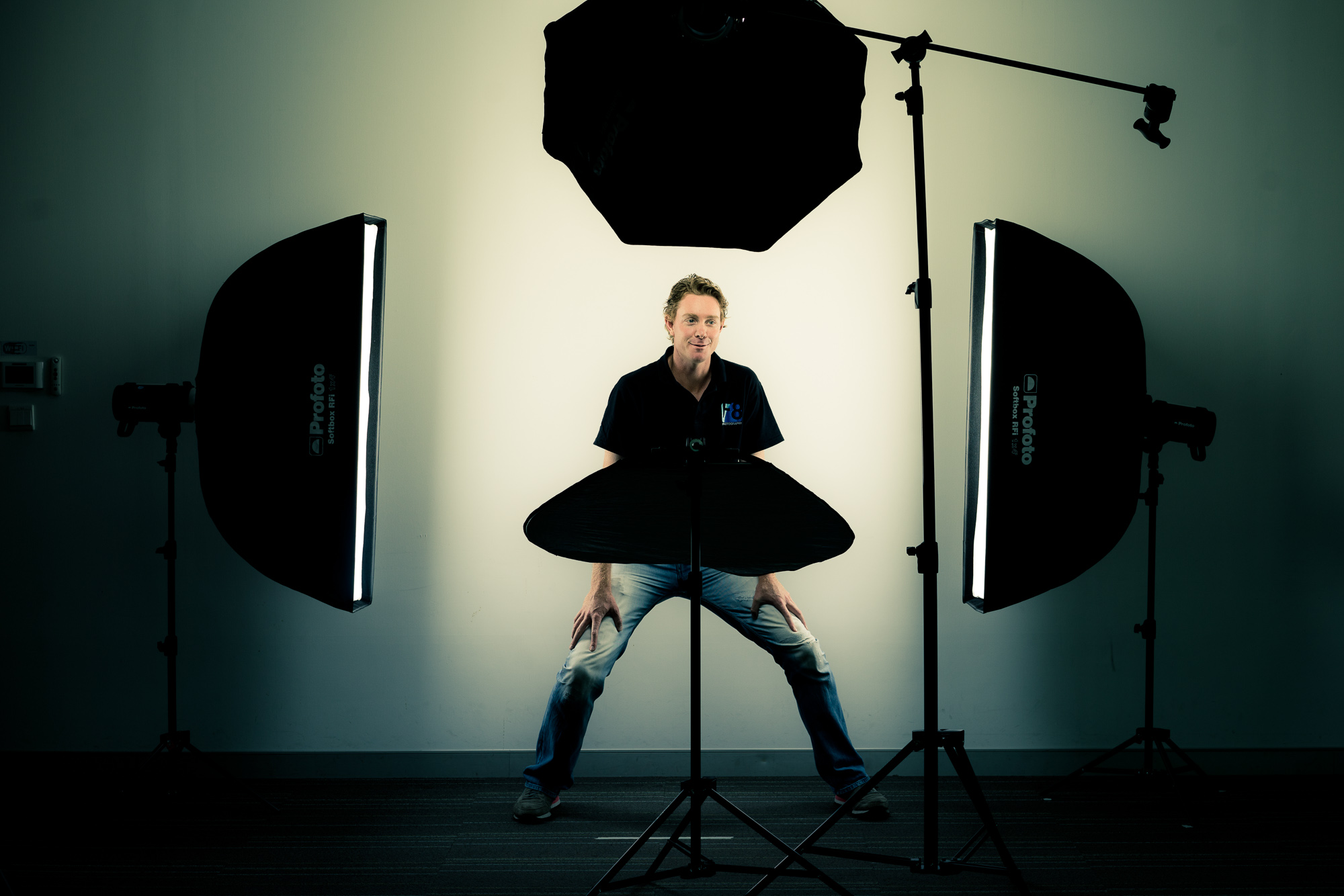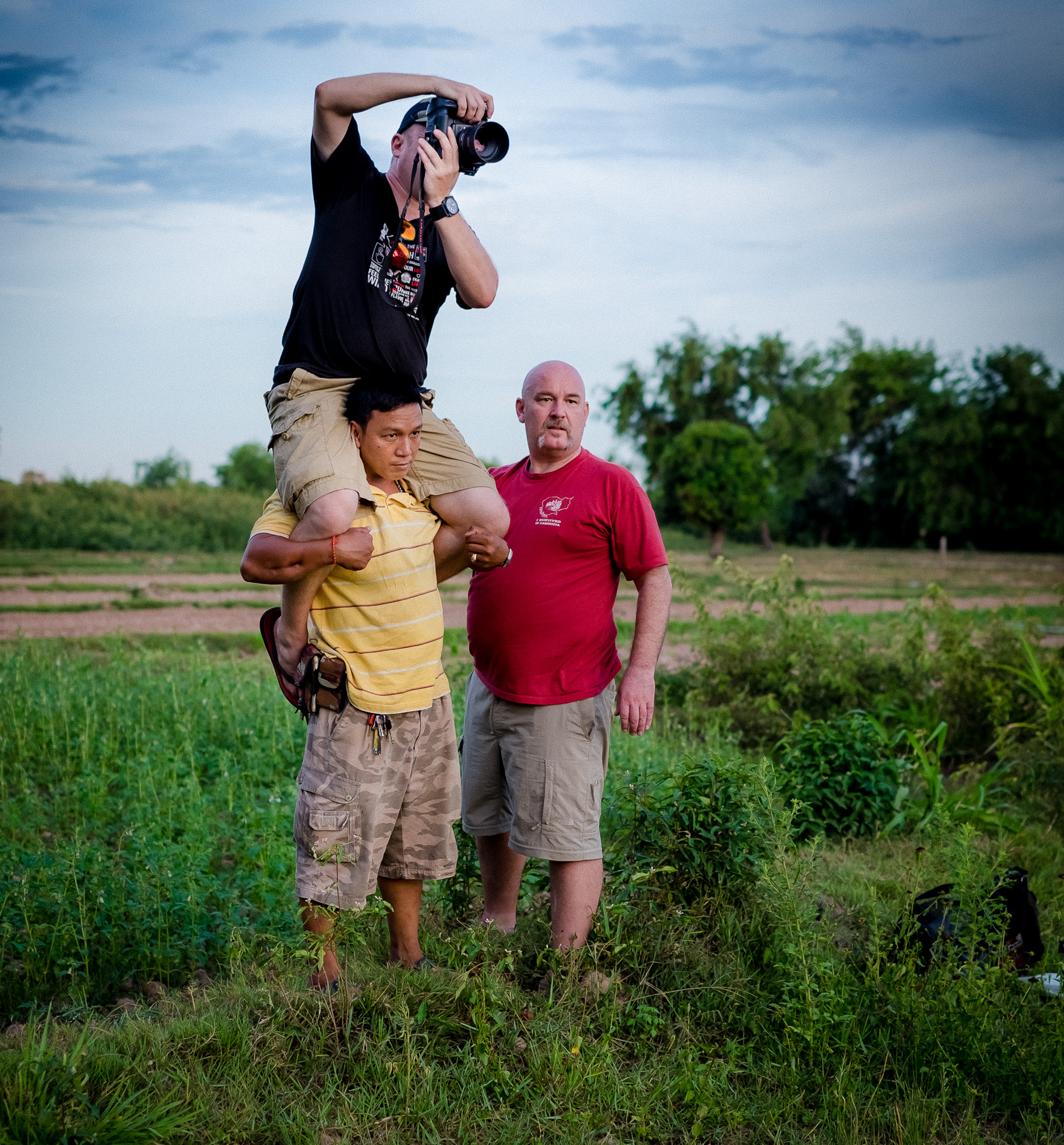OMD goes to Manila
/ (street scene in Manila)
NOTE ABOUT PROCESSING: All images here are shot on the Olympus OMD with various prime lenses. They were then all processed in Lightroom 4 with 1 click presets from 'VSCO film 02' using only their Fuji Superia 800 for colour or Fuji Neopan 1600 settings for black and white. These are my favourite film simulators and make any digital camera RAW files sing instantly with 1 click. More information can be found here at the VSCO website on these presets.
(street scene in Manila)
NOTE ABOUT PROCESSING: All images here are shot on the Olympus OMD with various prime lenses. They were then all processed in Lightroom 4 with 1 click presets from 'VSCO film 02' using only their Fuji Superia 800 for colour or Fuji Neopan 1600 settings for black and white. These are my favourite film simulators and make any digital camera RAW files sing instantly with 1 click. More information can be found here at the VSCO website on these presets.
So, after a successful trip to Cambodia using the Olympus OMD the previous week, I decided another trip was in order, this time the other direction from Hong Kong, heading South East to test the EM-5 on the streets of Manila in the Phillipines.
Now some things must be mentioned about Manila for any budding photographers wishing to travel there.....BE CAREFUL. As much as I liked the city, for sure there is a lot of things that could easily go wrong here....some of the poorer parts of the city are for sure totally unsafe for westerners to venture into alone, and carrying expensive camera gear around is only going to attract unwanted attention. Like many other places I have visited you must stay streetwise, don't flash expensive gear, leave your nice watch at home and most of all use common sense. Walking around at 2am in a poor neighbourhood in Manila is going to end in tears for sure....

(Traffic wardens in Manila....ummm whats the point...)
The first thing I noticed when walking around various parts of Manila was the traffic.....it seemed there was complete chaos on the roads, not dissimilar to Hong Kong at rush hour, only here it seemed to be the same all day long....so i chose the best options of transport, my own two feet :-)
When I did travel between districts I used the famous 'Jeepney' buses that can be found everywhere, they are great fun to drive around in, extremely cheap and provide good photo opportunities from the back door, open windows and even of the people inside.
The first day I was in Manila I was lucky with the weather, the light was great, it was hot, just a nice afternoon for strolling around exploring the city. Lunchtime is clearly siesta time in Manila with people strewn all over the place getting an afternoon nap, kind of reminded me of my parents place in Spain where the same thing happens every day.
(siesta time in Manila, its sleep, read or relax...)
The few people that weren't asleep were having an easy time playing board games in the street. This kind of place was helping me relax a lot even after a few hours, as I always compare with Hong Kong, which seems to be really non-stop (part of the reason I love to escape as often as I can), you really don't see this kind of lifestyle in Hong Kong, despite the heat, people are running around at full pace 24/7, at least in the inner city where I work and live, so its really nice to see people taking time out and 'smiling'!!!
(A lovely lady who was more than happy to pose for photographs in the street)
Like most asian cities, the streets were full of children playing and kids always make great subjects for me, they are innocent yet their faces tell a thousand stories, something i noticed recently when shooting a scene in Hong Kong was that everyone in the scene was just going about their business apart from 3 kids in the scence, all of them were looking directly at me....maybe kids would make the best street photographers...as they are very very aware of their surroundings and dont miss a trick :-)
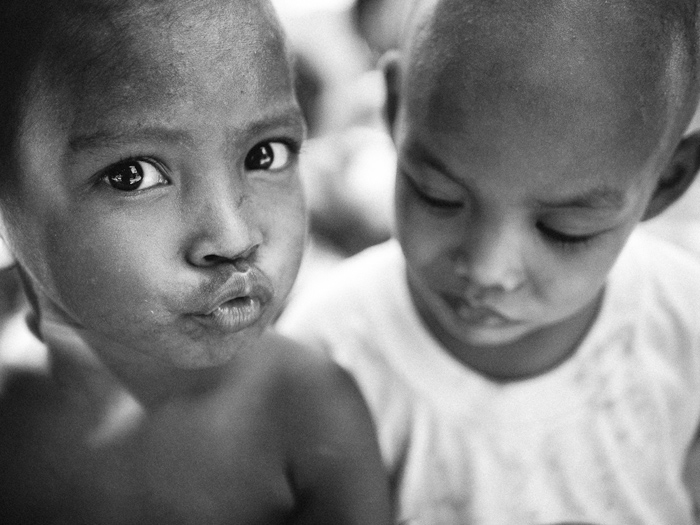
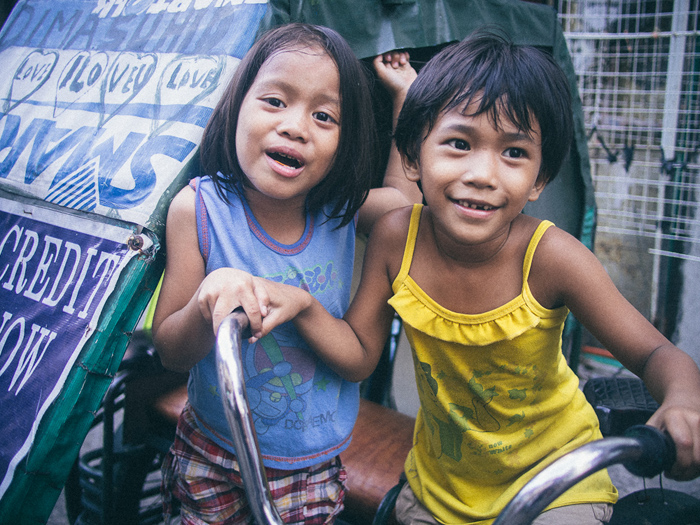
 (happy kids (and dogs) playing in the street in Manila)
(happy kids (and dogs) playing in the street in Manila)
Of course some people view photographers a little more suspiciously, but despite that, a big smile and a handshake go a long way, and as usual, everyone I met and befriended were absolutely fine being photographed. Even the gangster looking dudes who try to look 'tough' guy tend to break a big smile when I show them their photo and tell them they look like 'James Bond'....flattery gets you everwhere...
(locals in Binondo district, Manila)
The variety of people and colour around the city really attracted me, it really is a bustling metropolis and a great photography location. As I mentioned earlier discretion is the better method with camera gear (as is pretty much anywhere in my experience), so using the little Olympus OMD was actually perfect (yet again), as it allowed me to shoot discreetly from the hip using the touchscreen with its super fast autofocus. This is the 2nd time I have used it travelling in a month, and it didn't skip a beat at all, ultra reliable....I thought I would miss my Leica M9...but if I'm honest, this thing is far more functional, never ever stutters like the Leicas do (thats a simple fact that sometimes the M9 just won't react when you press the button...) and the image quality is amazing, of course not superior to a full frame camera...but most of our work is going on the internet or medium sized prints, I am quite positive to 99% of people, there is no visible difference in image quality, and those that think they can tell a difference on a processed image (especially at web size images)....well their name is Pinnochio I'm afraid....

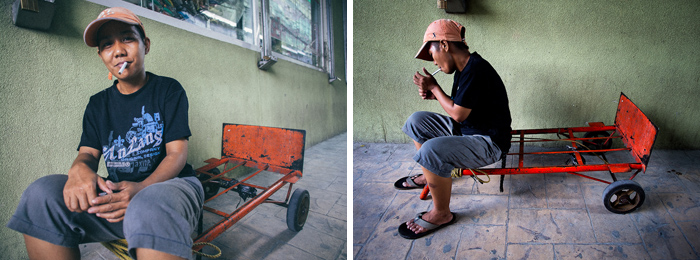 (diverse characters around town, security, driver, and the oldest paperboy!)
(diverse characters around town, security, driver, and the oldest paperboy!)
A quick note again on the presets that I have used to process these images, they are from VSCO, and are the simplest and most powerful presets you can get in my opinion for Lightroom, ACR or Aperture. They really do emulate the film looks well....how do i know this....because I shoot a fair bit of these exact films on my Mamiya 7ii and my Contax G2 and scanned files have very similar tones and characteristics to these digital files once processed.....so if you are looking for a filmic simulator that takes seconds to process your RAW files, these are worth a look for sure.

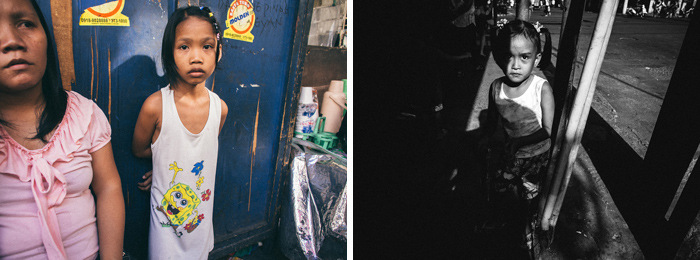
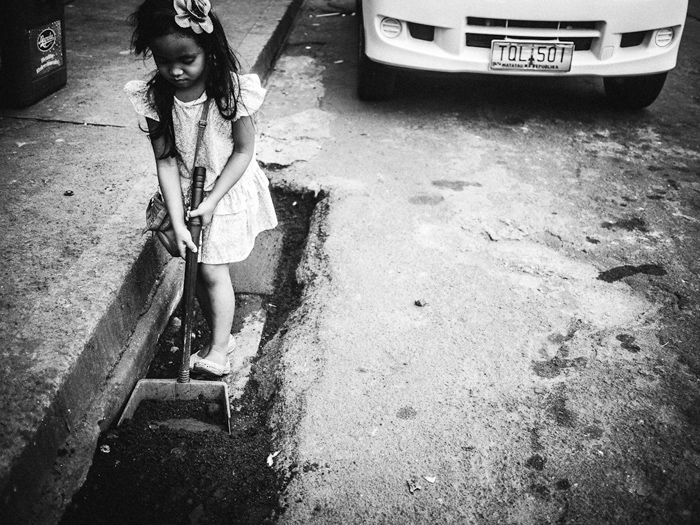 (Processed with VSCO Fuji Neopan 1600 or Fuji Superior 800 settings)
(Processed with VSCO Fuji Neopan 1600 or Fuji Superior 800 settings)
Whilst I was in Manila, I did some shooting in a very poor area called Ulingan in Tondo, probably the roughest and most dangerous area of Manila, the reason being I want to work with a charity there called Project Pearls, and I will be heading back to Manila now that they have made contact in a few weeks to do some video work with them. You can see the blog post and video of the images shot there last time at this link, its really quite amazing to see the resilience of these people who live and work there.
For other posts I have written recently with images of the OMD please see the links below:
LINK TO BLOG POST: OMD shooting in Ulingan, Tondo, Manila
LINK TO BLOG POST: OMD goes to Cosplay event in Hong Kong
LINK TO BLOG POST: OMD goes to Cambodia
Thanks for taking the time to visit our blog, if you like our blog and website, please ‘like’ us on our public Facebook page and share this story with your friends with the Facebook and twitter links below. You can also subscribe to our blog via the RSS link below.
F8 Photography provides commercial photography and training across Asia, with workshops on Street Photography and other photography and video training courses, more details can be found via the ‘courses and workshops’ link and upcoming events via the front page of our website.
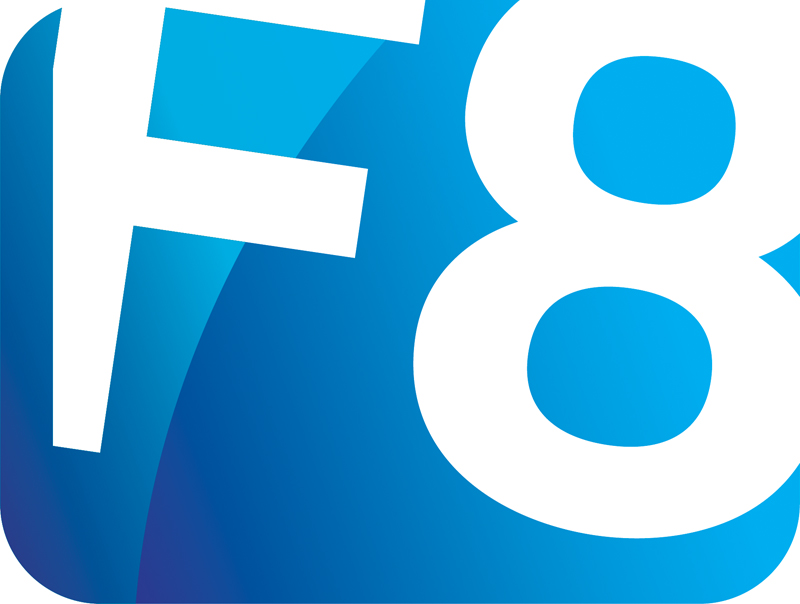



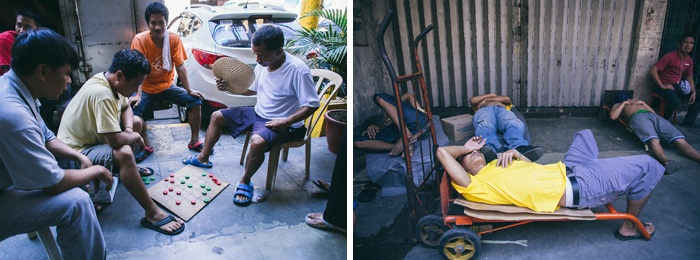



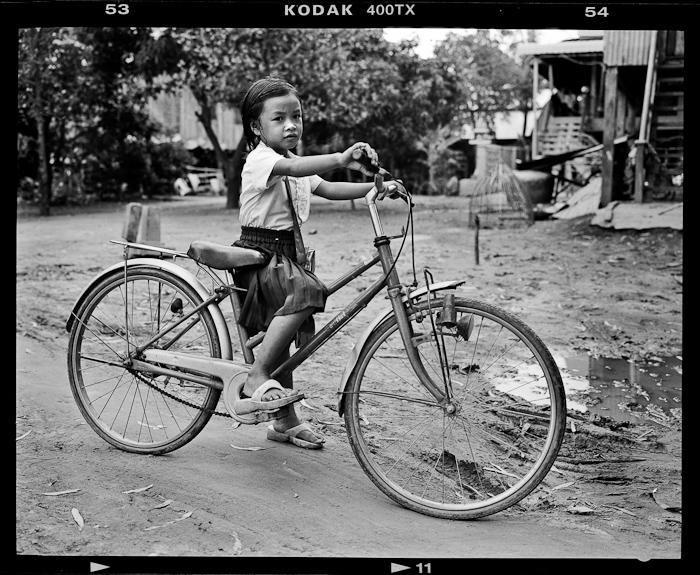
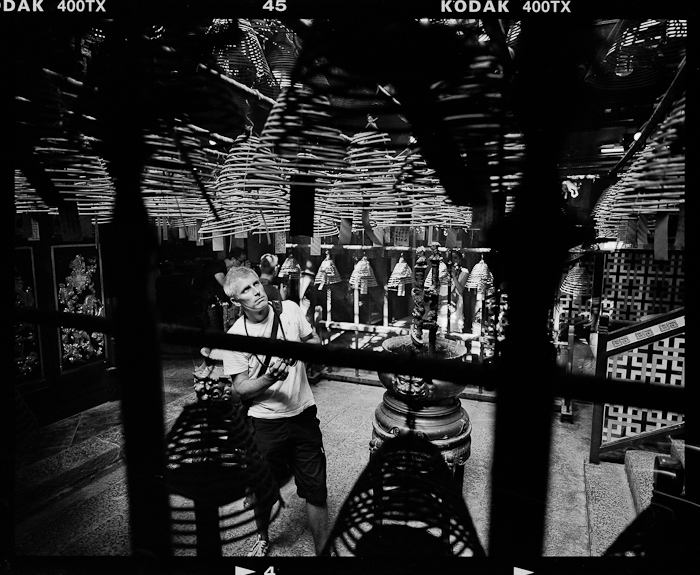

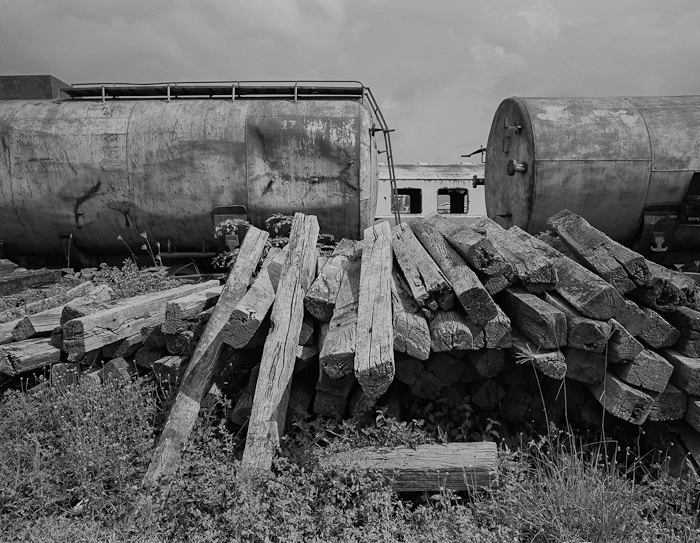






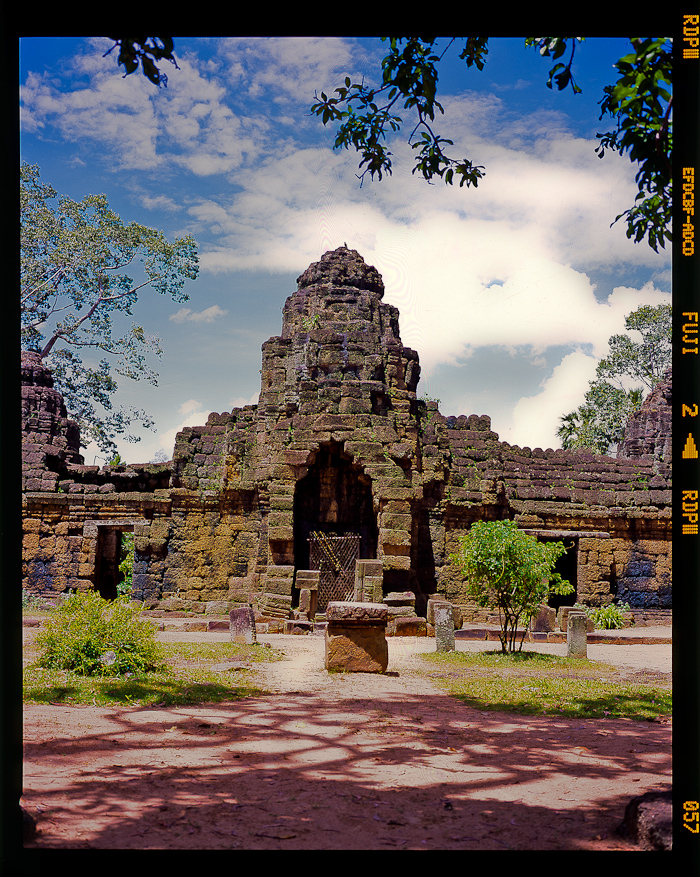


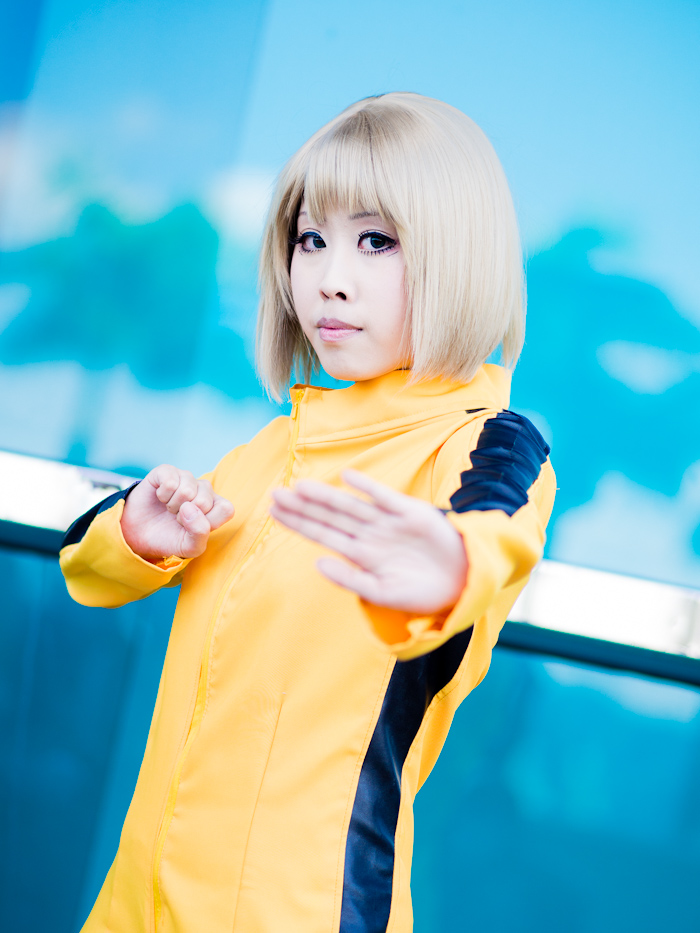

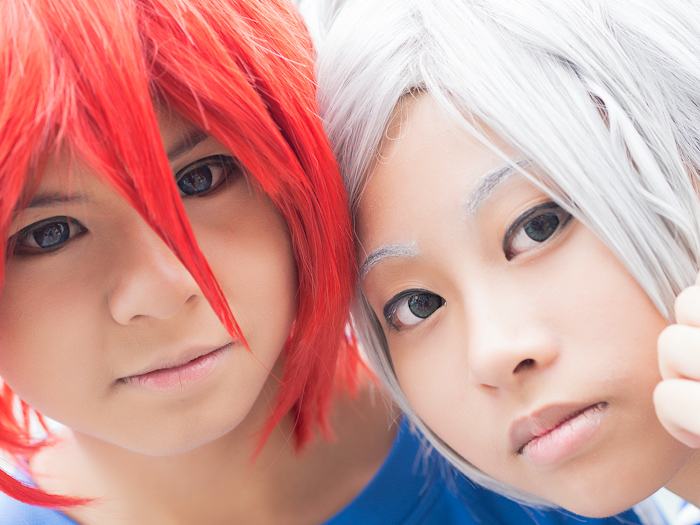 (Olympus 45mm 1.8, 1/320 @f2.8, ISO 320)
(Olympus 45mm 1.8, 1/320 @f2.8, ISO 320)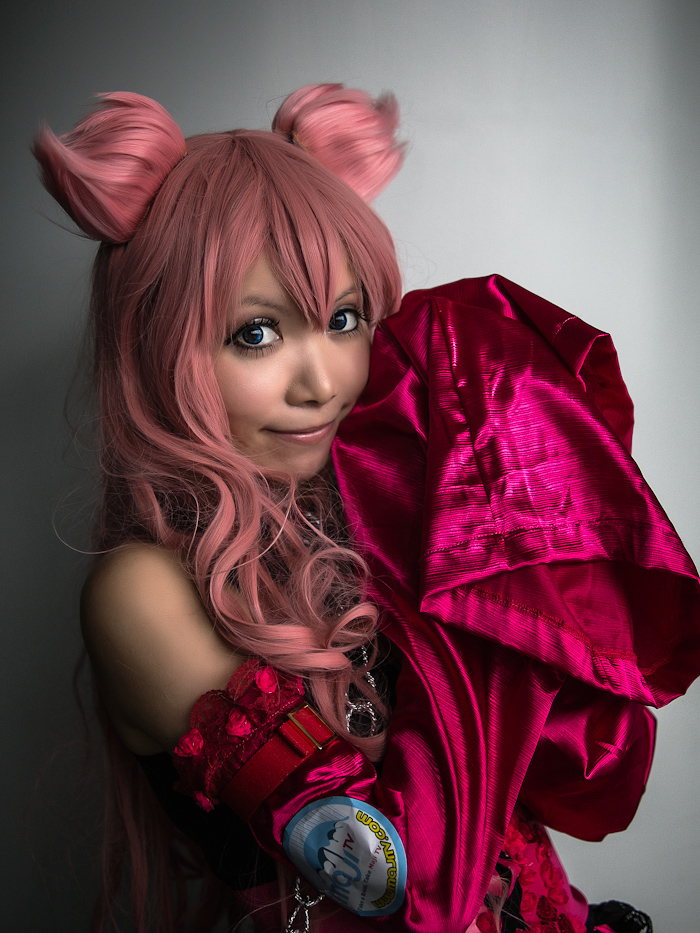

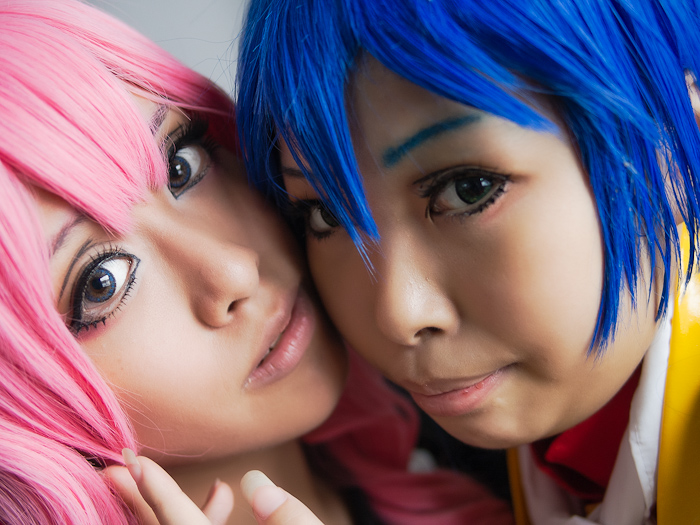



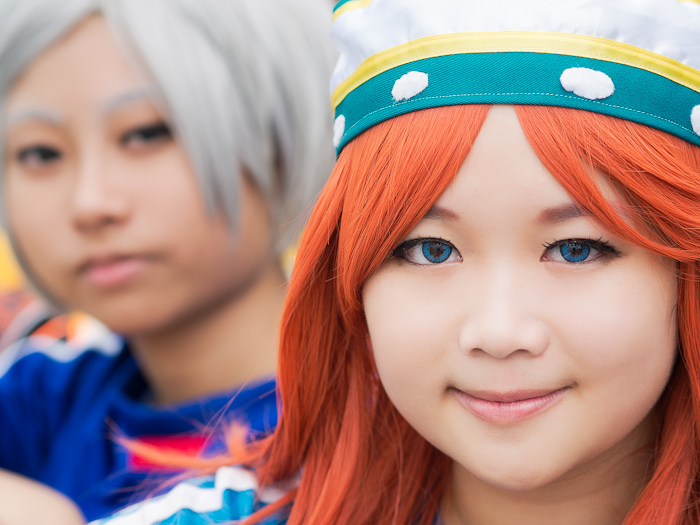


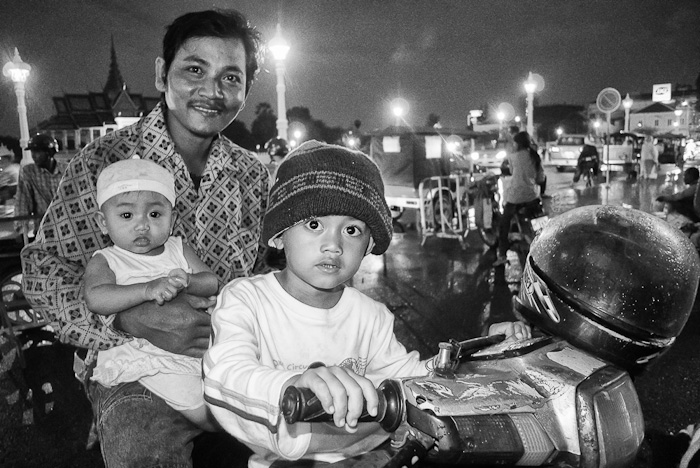
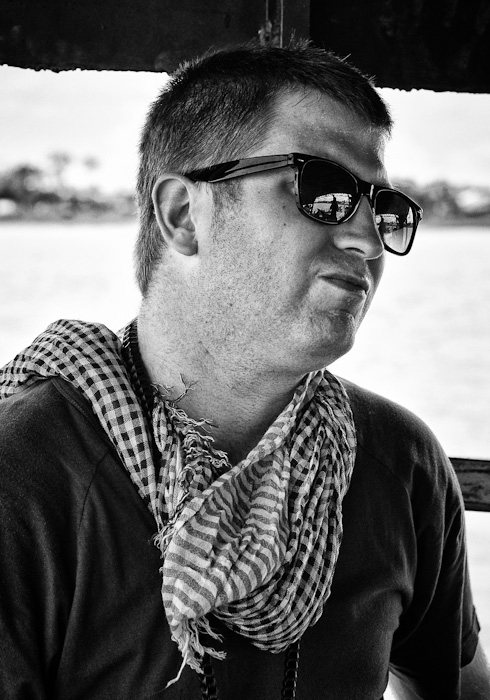






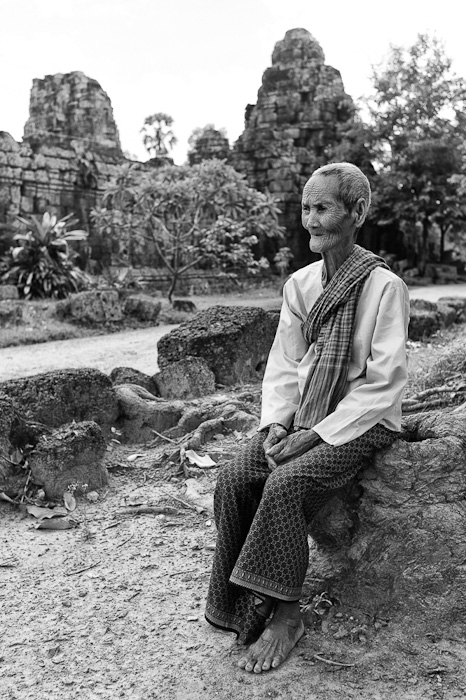

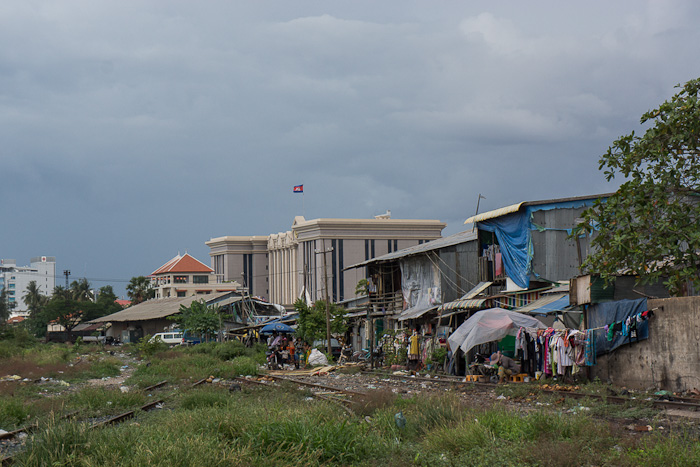


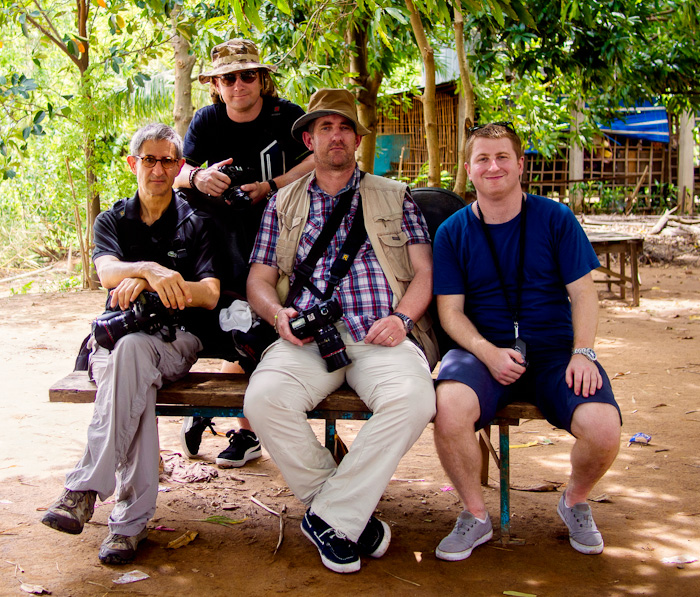




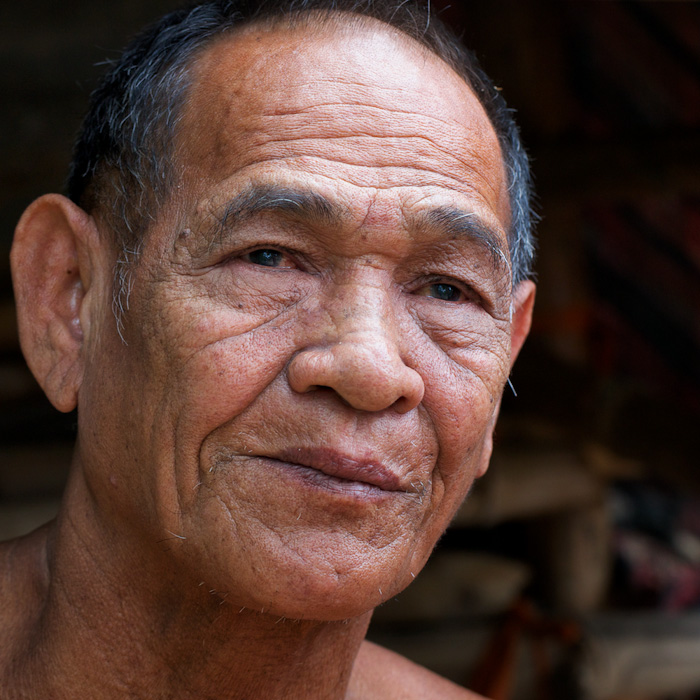
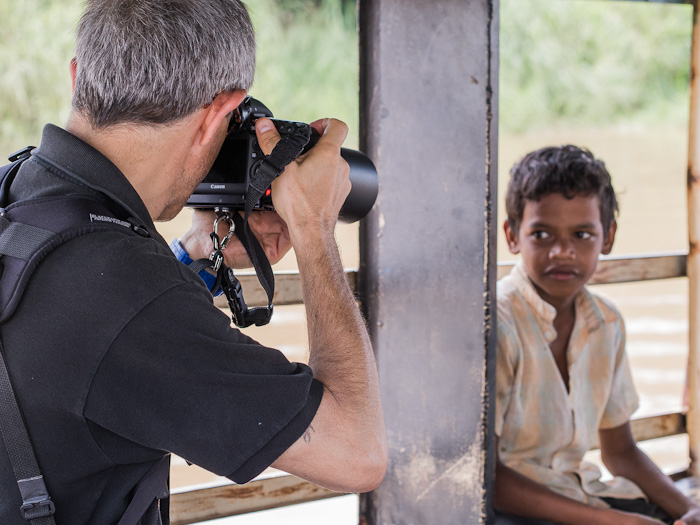
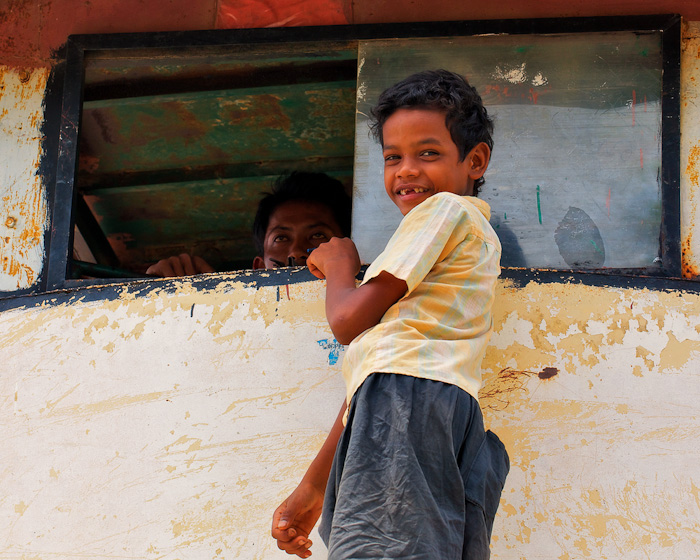
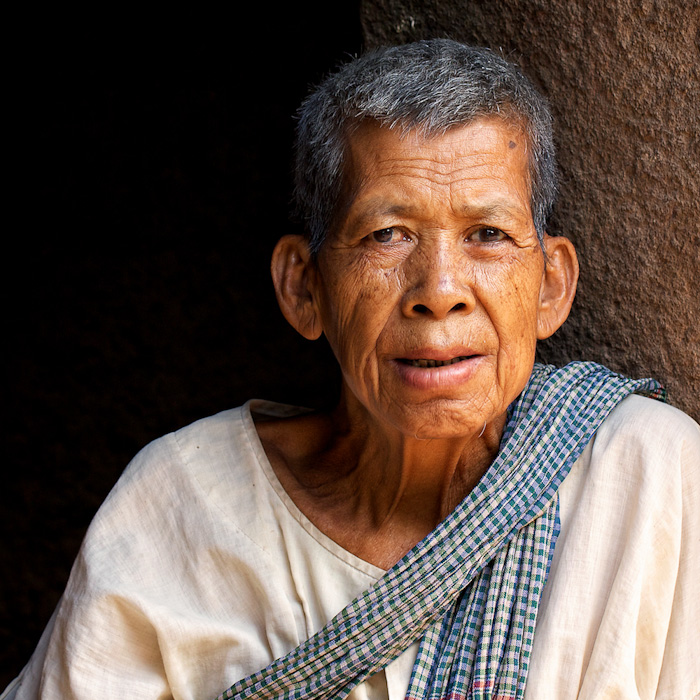
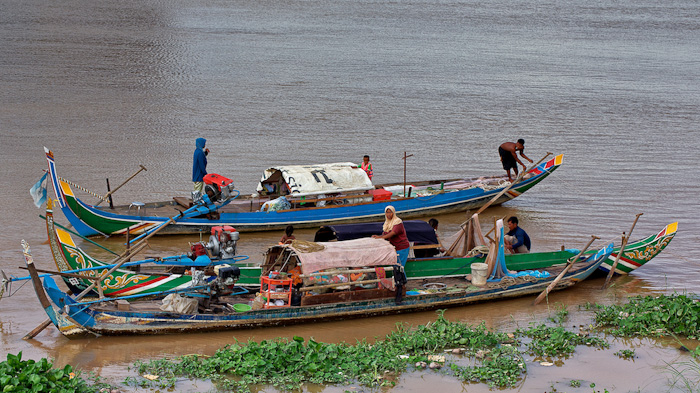
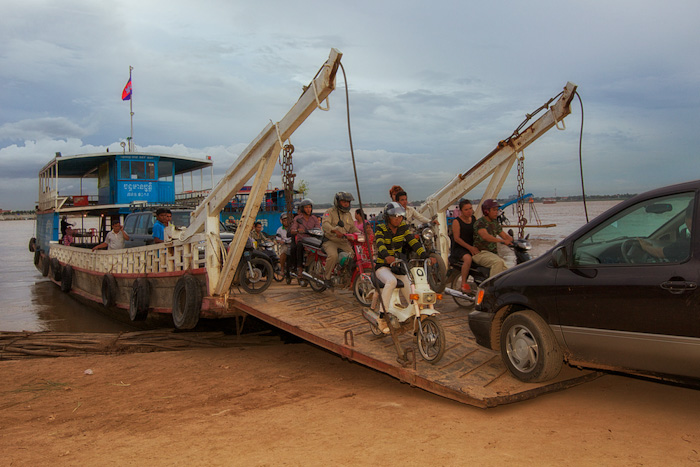








 (local school in Phnom Penh, with super friendly staff and kids, 45mm)
(local school in Phnom Penh, with super friendly staff and kids, 45mm)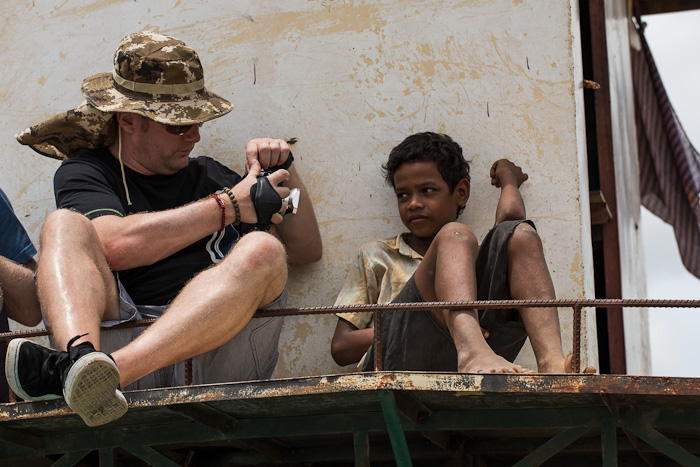





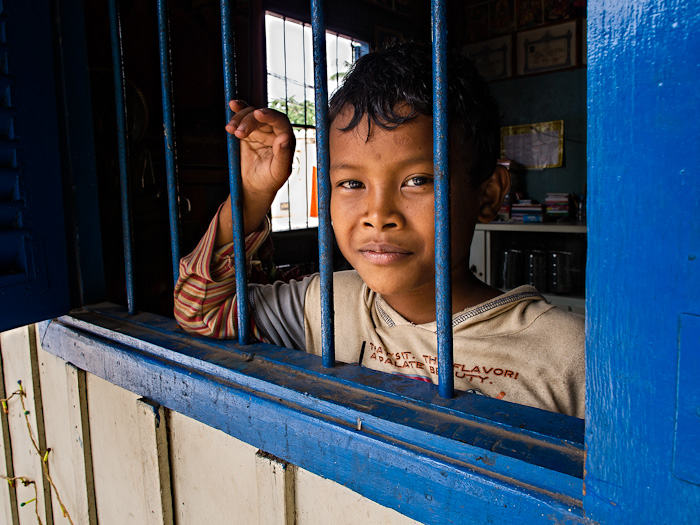
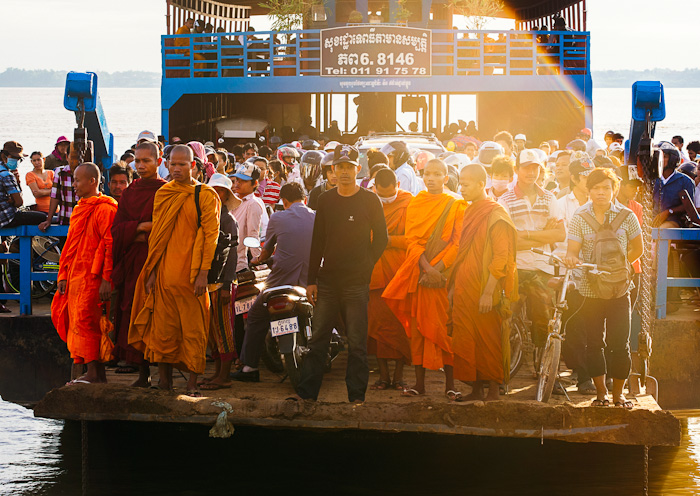
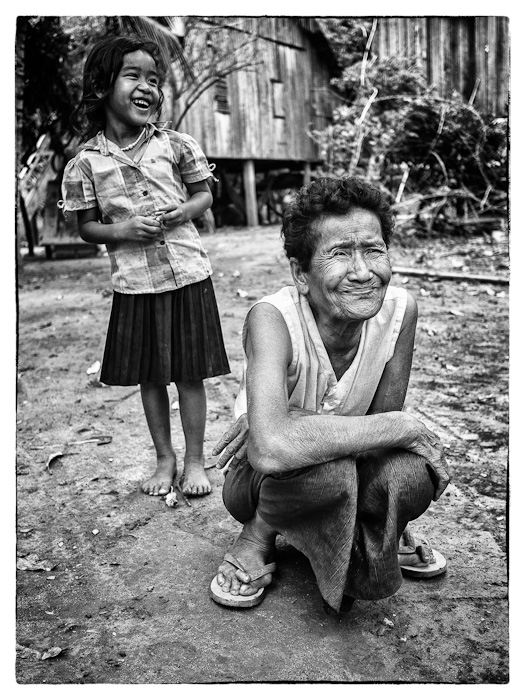
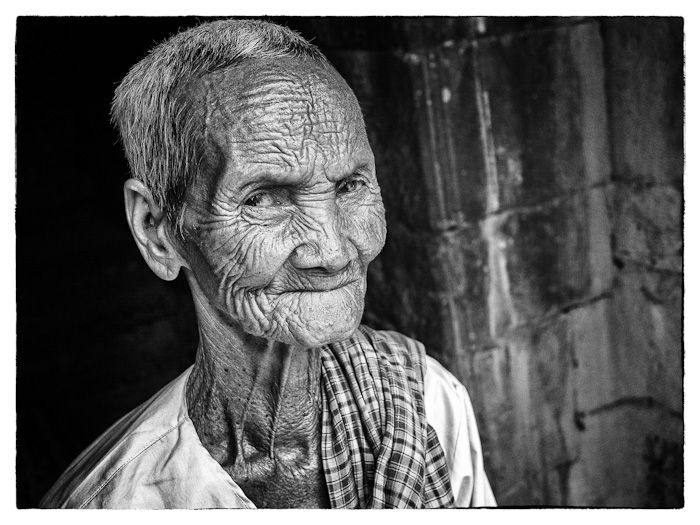


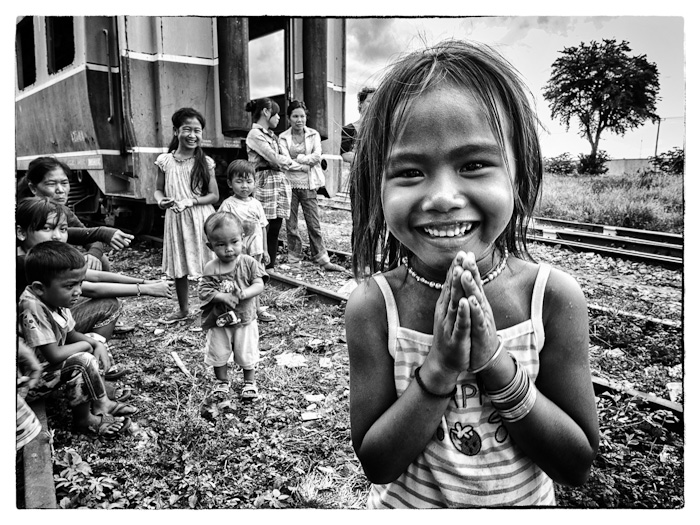





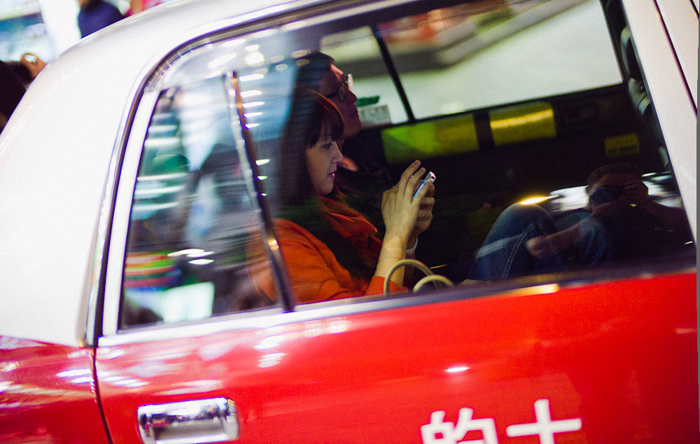



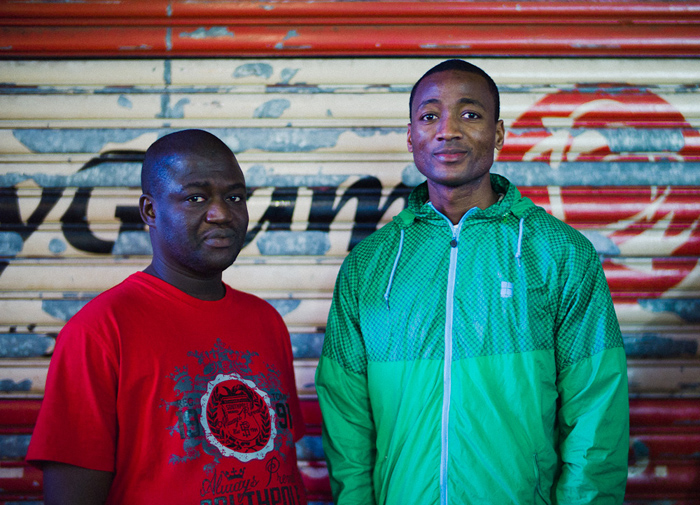
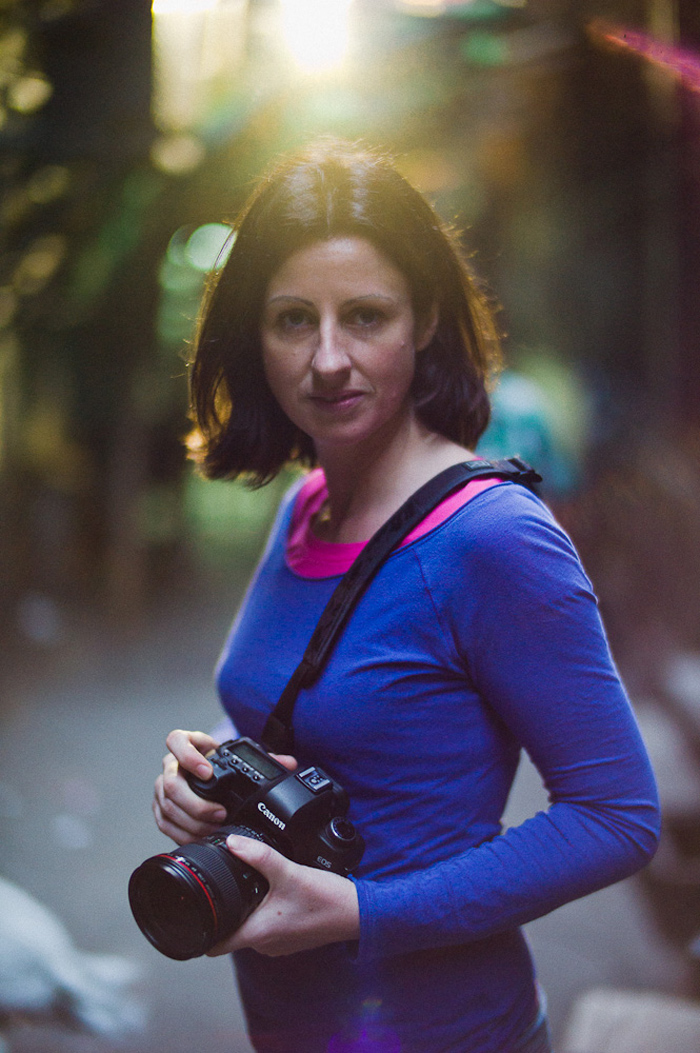
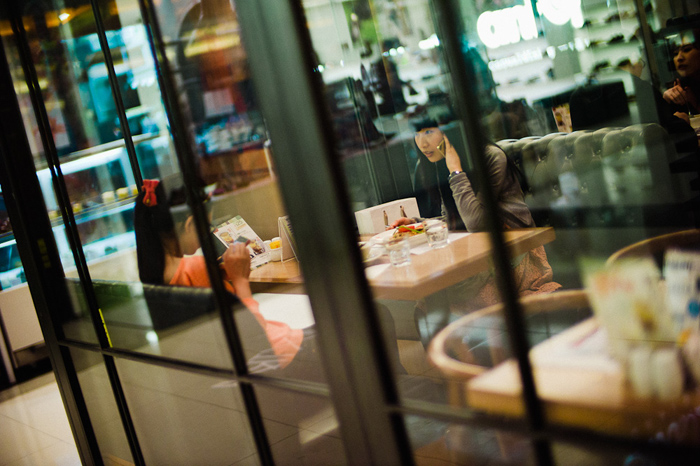

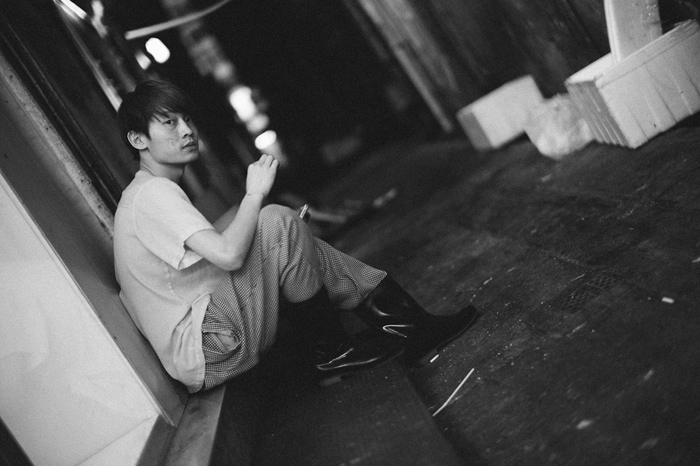


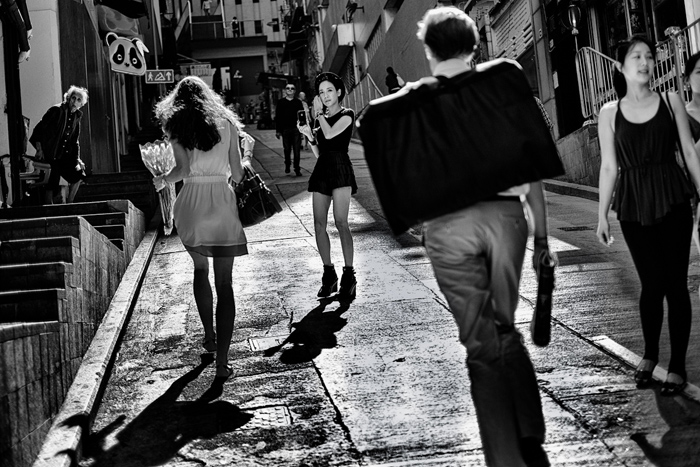


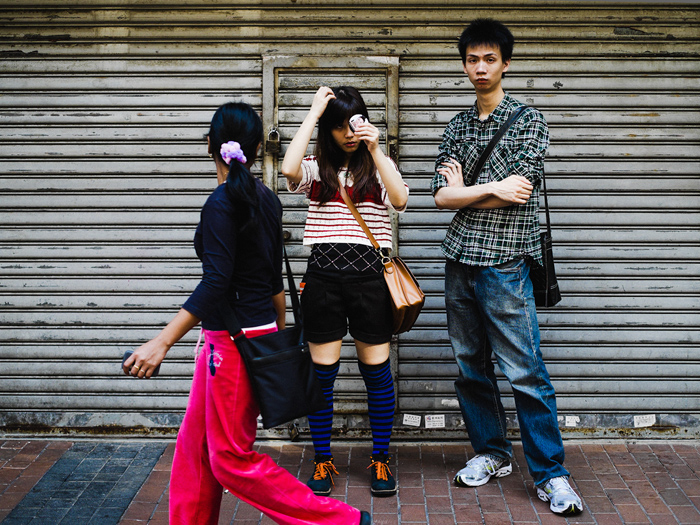



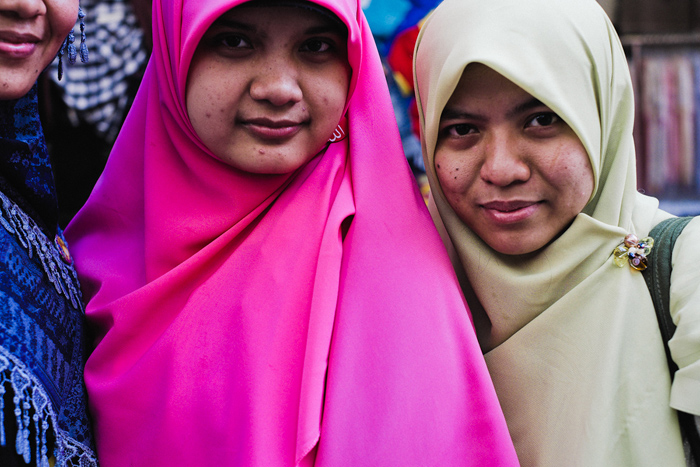
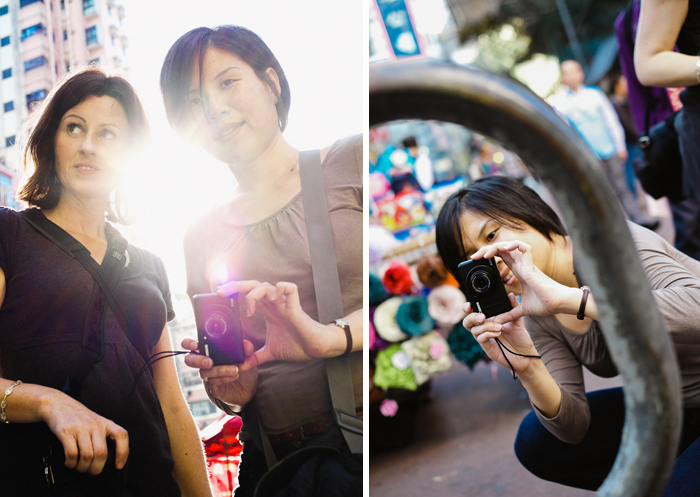
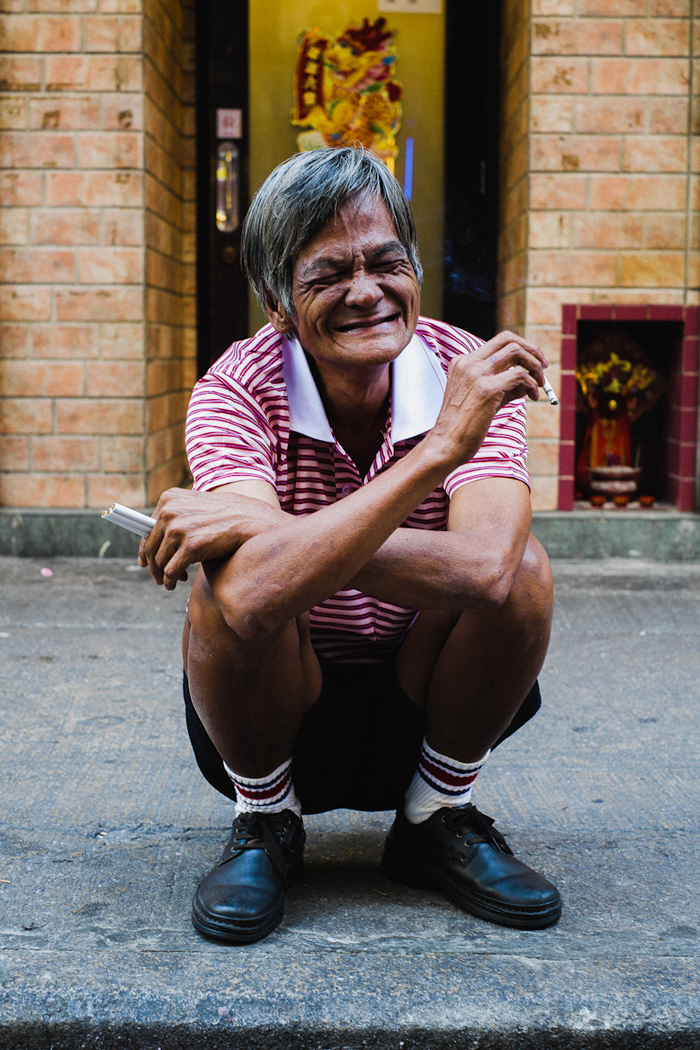
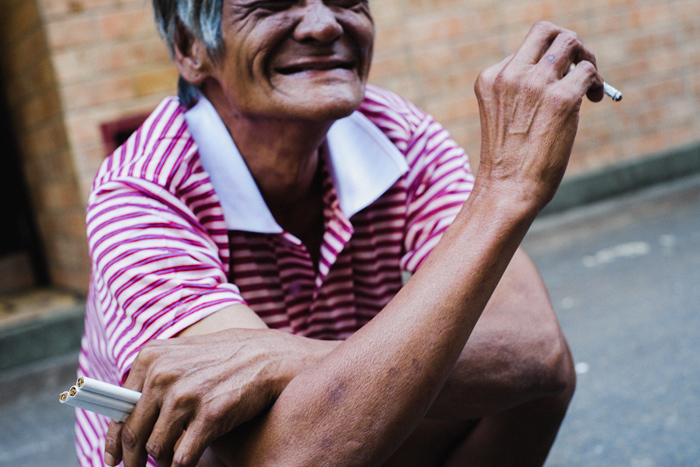



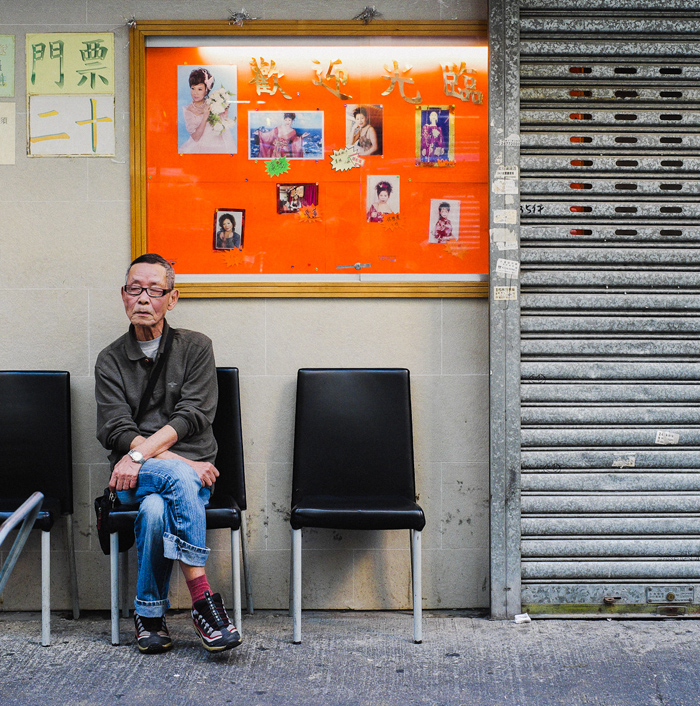



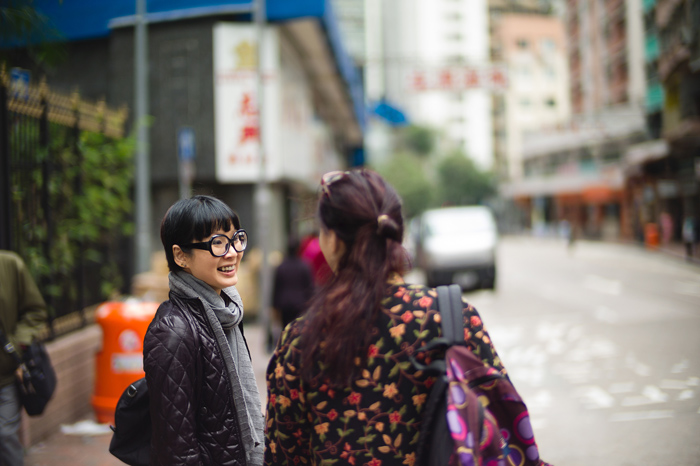
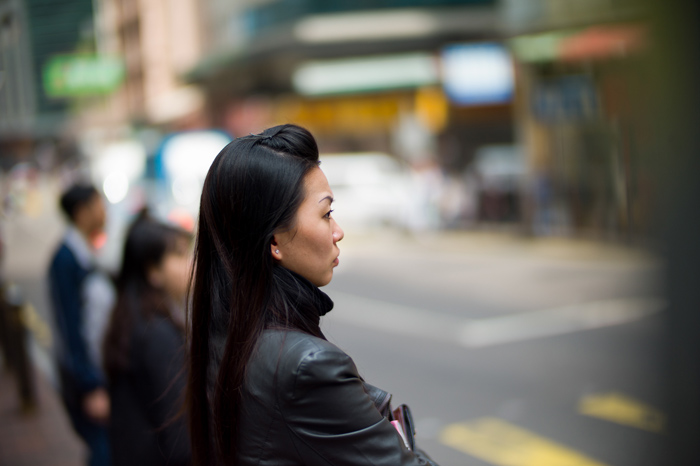

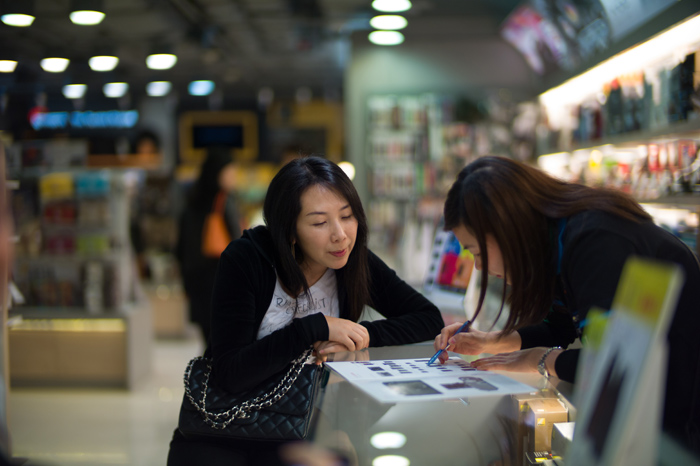

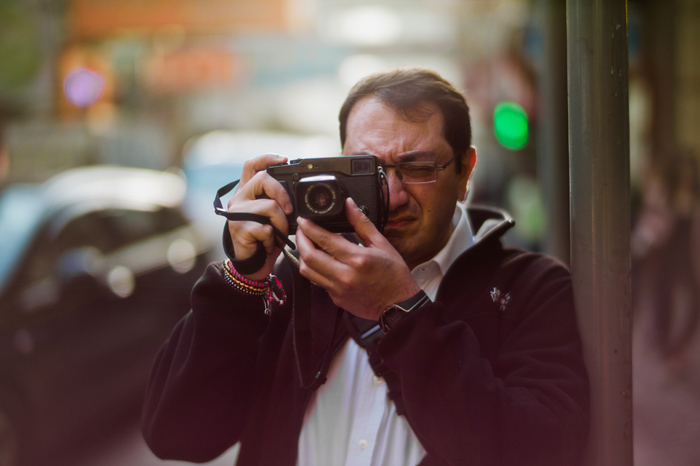
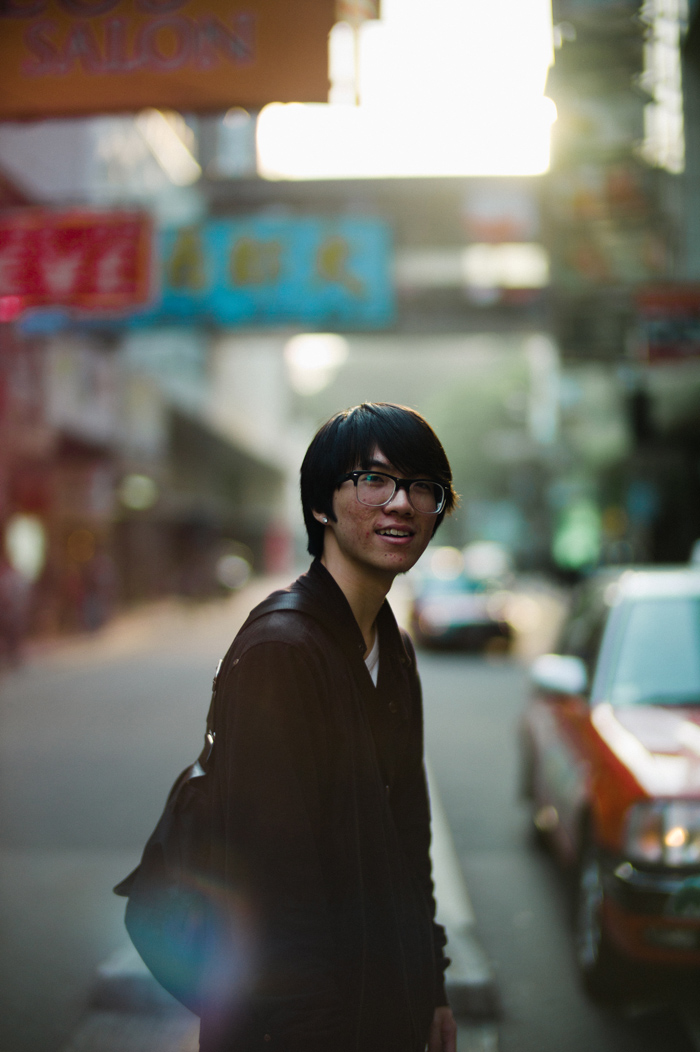
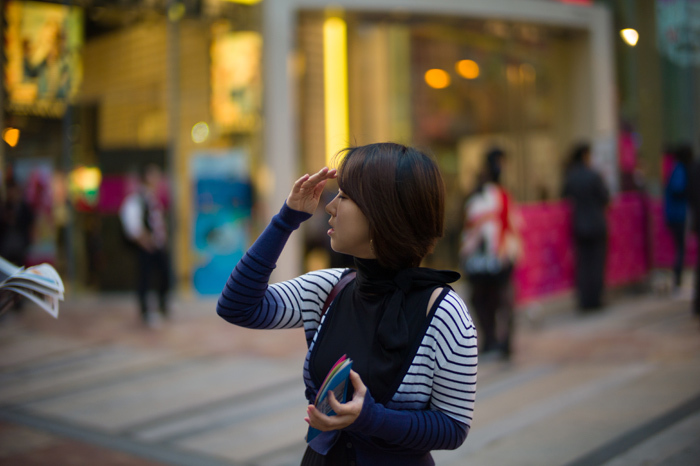






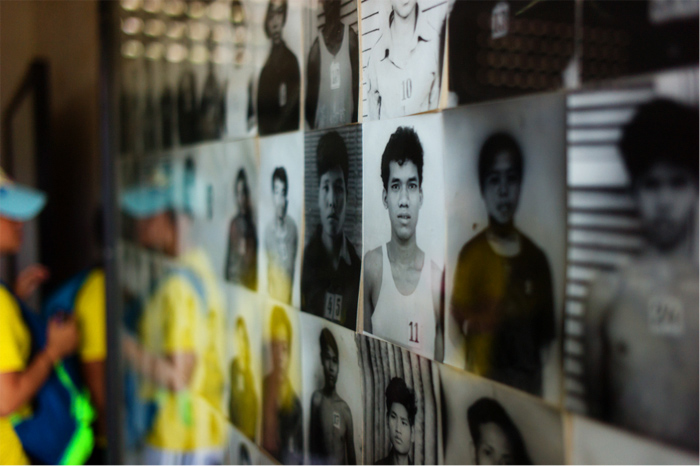

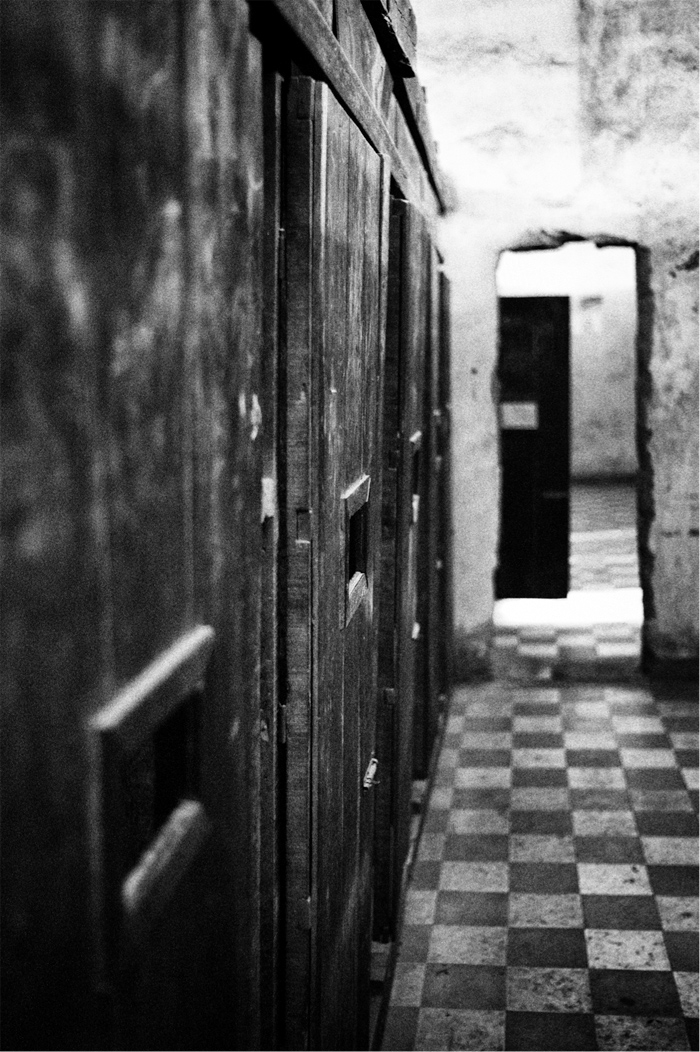



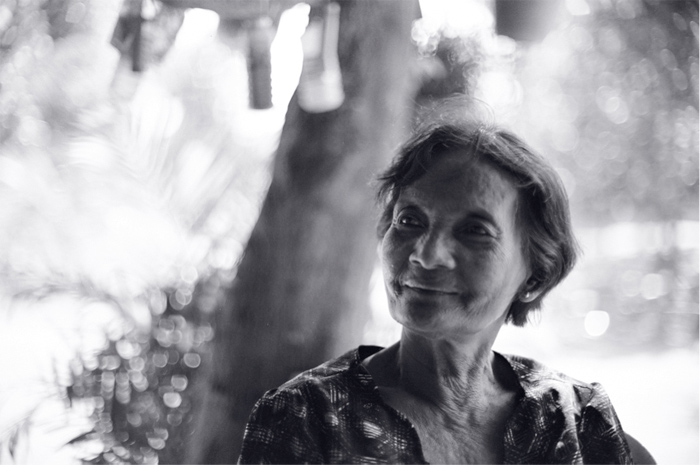
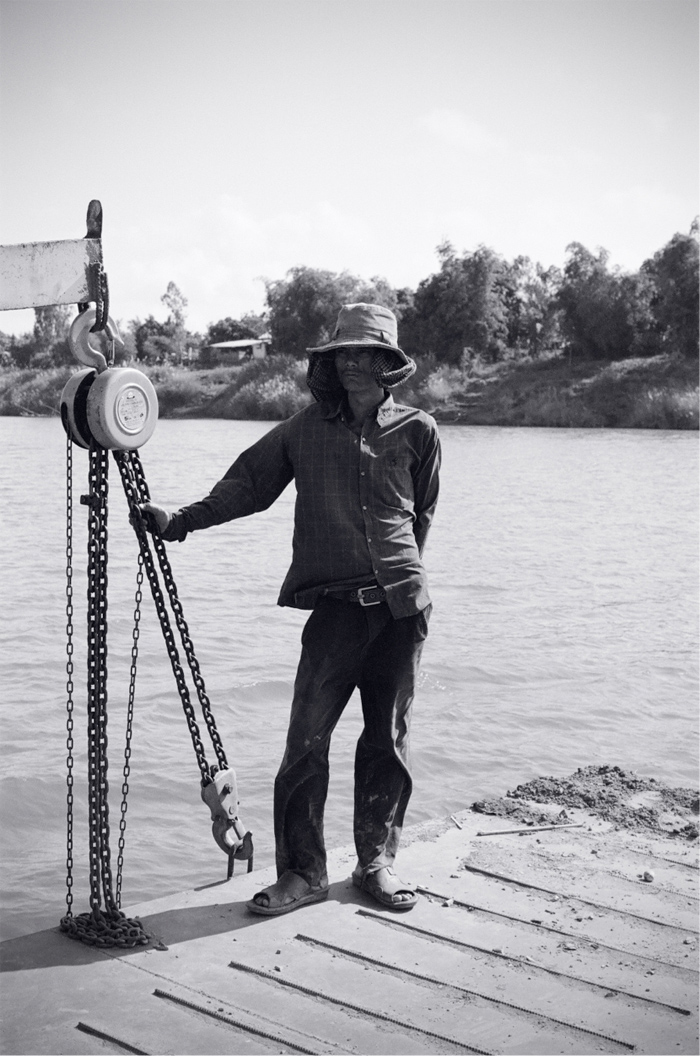
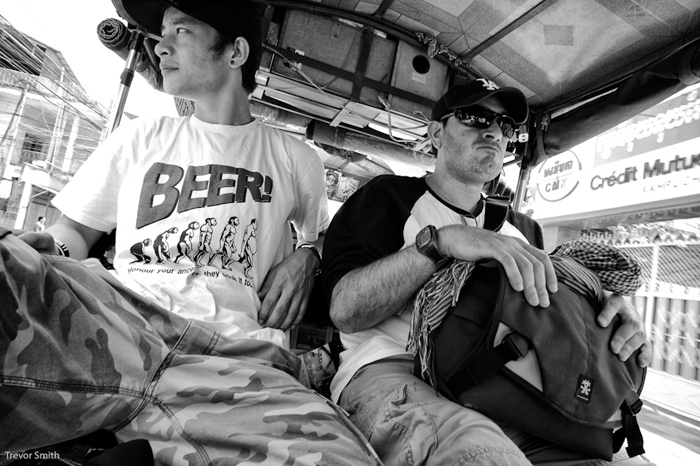
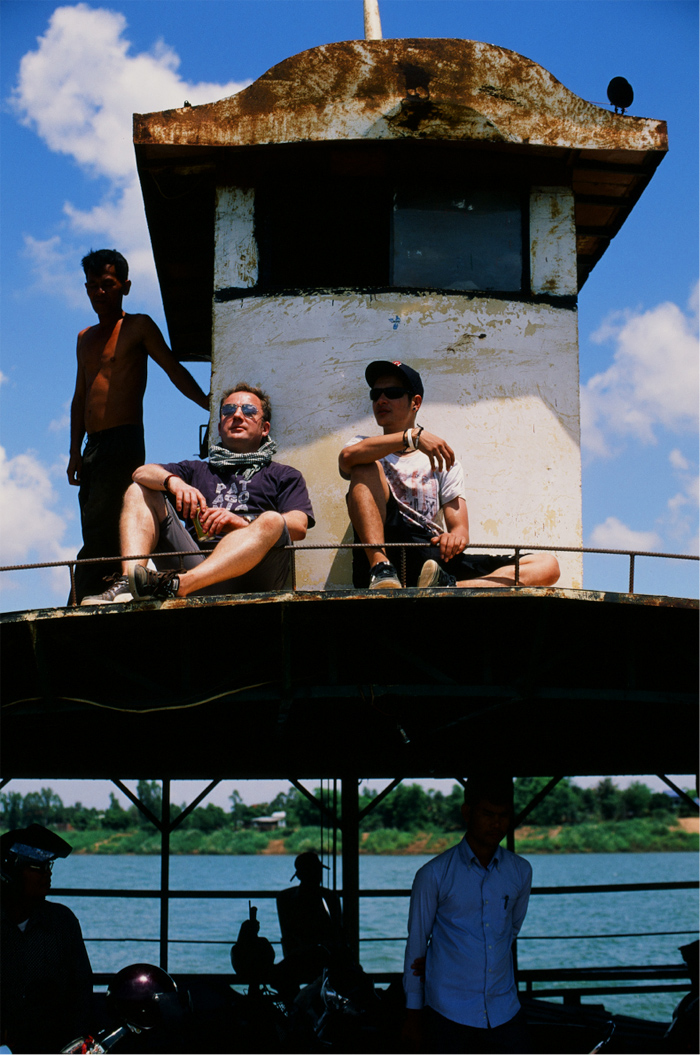
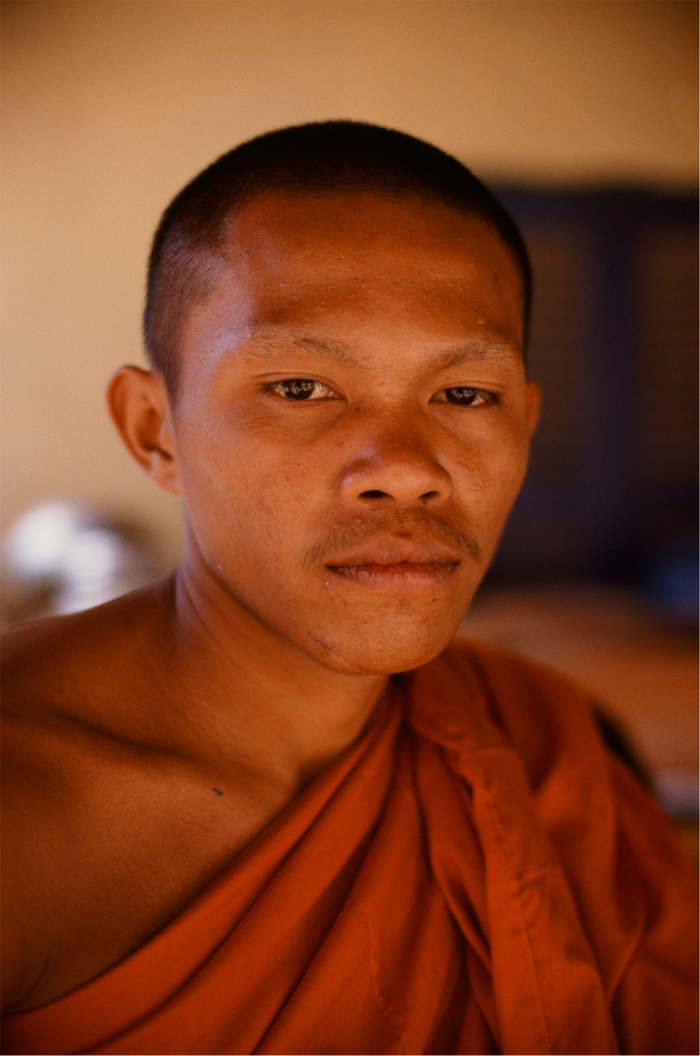




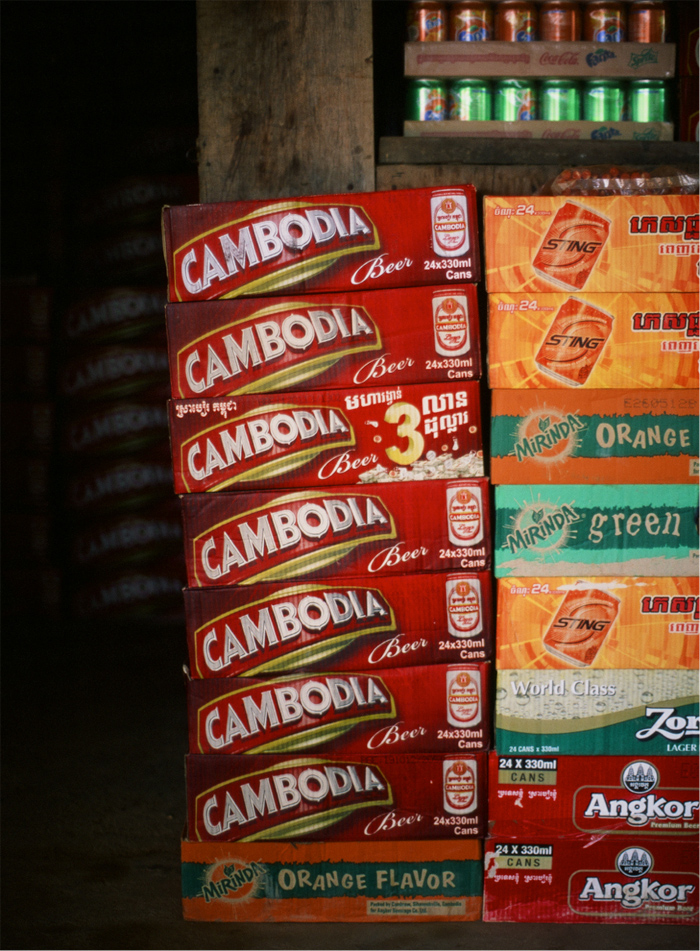 (A great way to end the day! Nikon FM3a, 50mm, Fuji Velvia 50)
(A great way to end the day! Nikon FM3a, 50mm, Fuji Velvia 50)




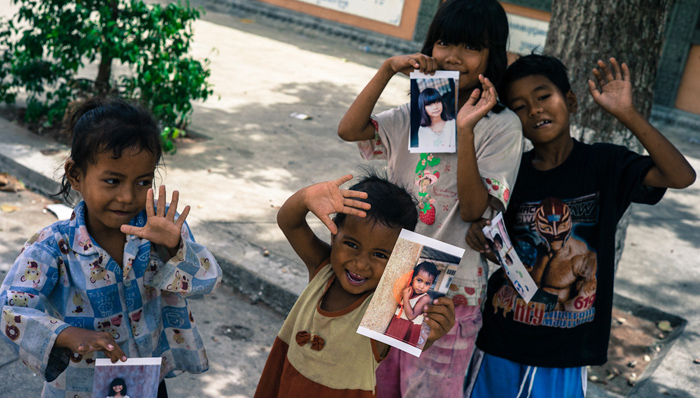
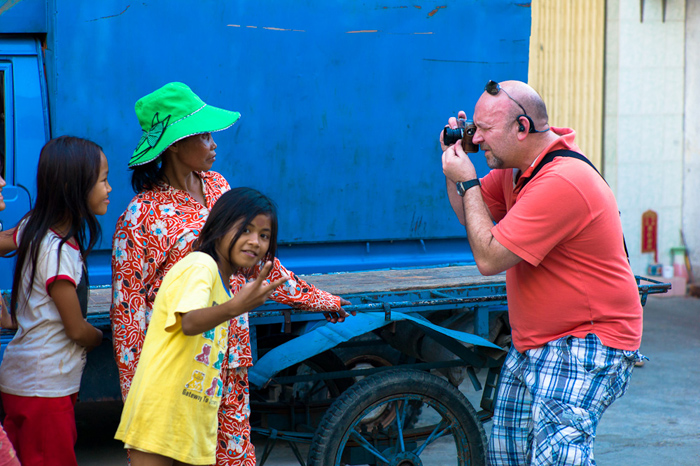
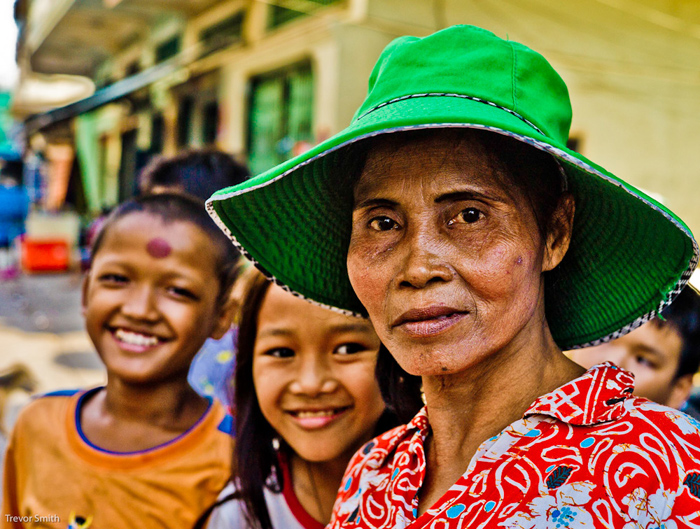






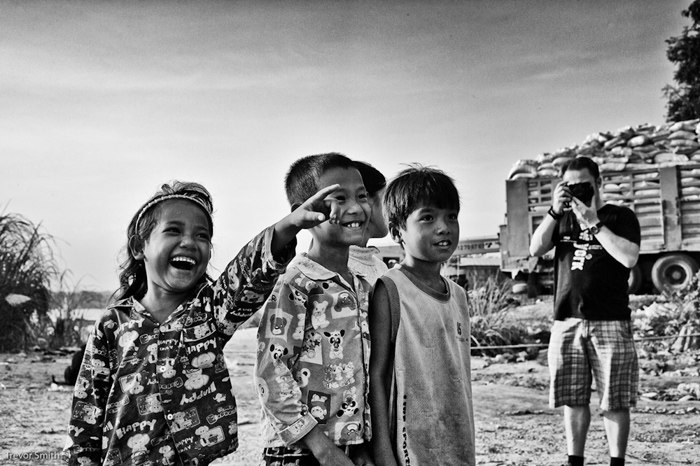





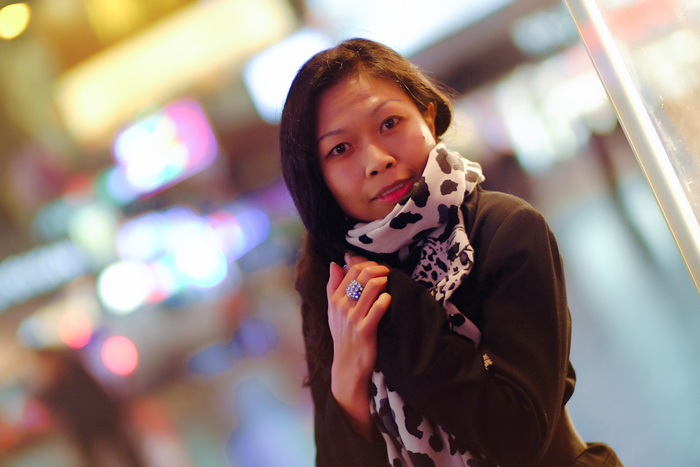
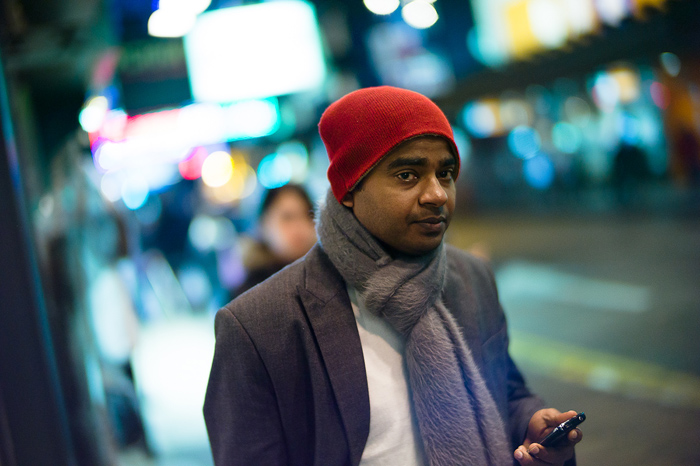

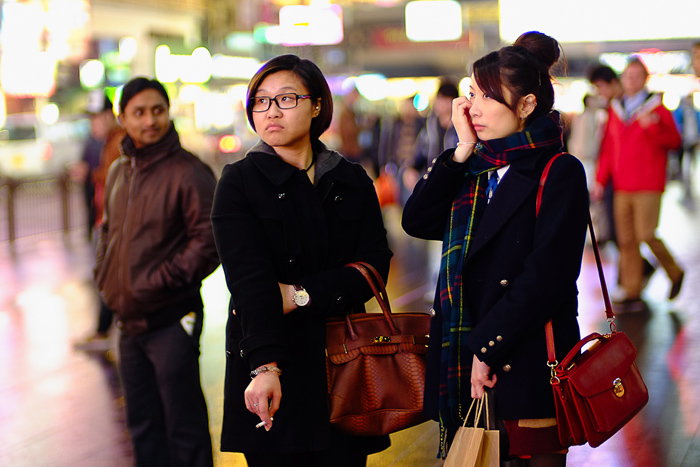



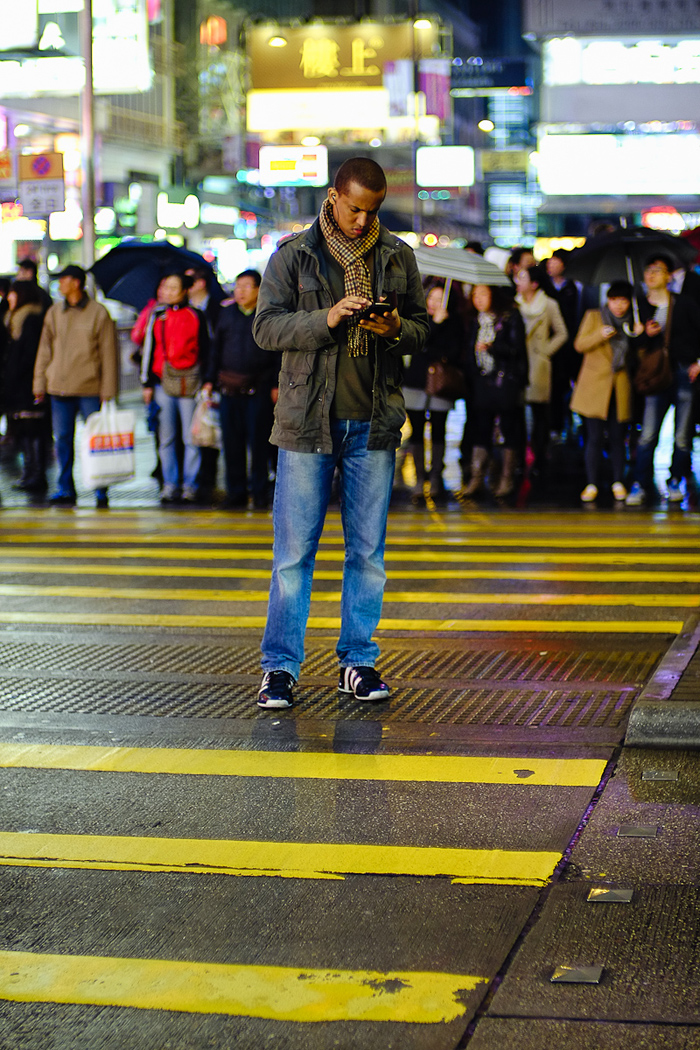
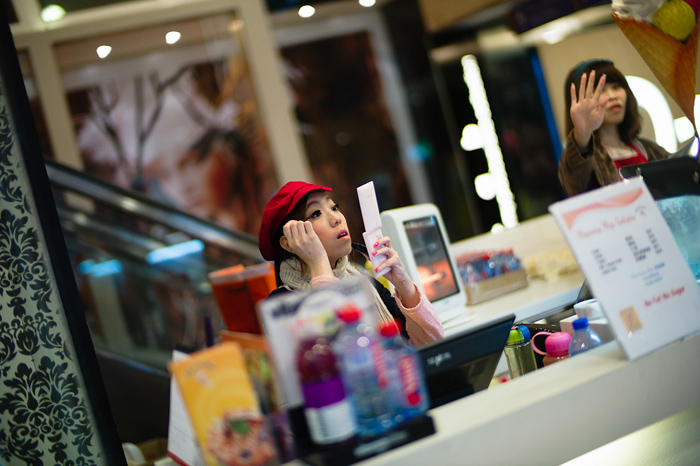
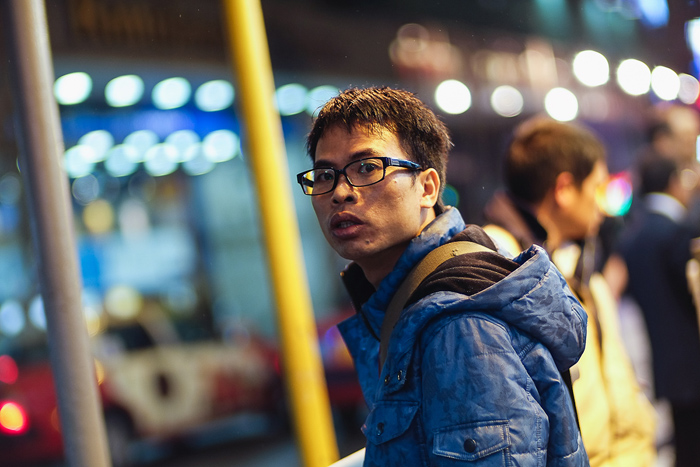


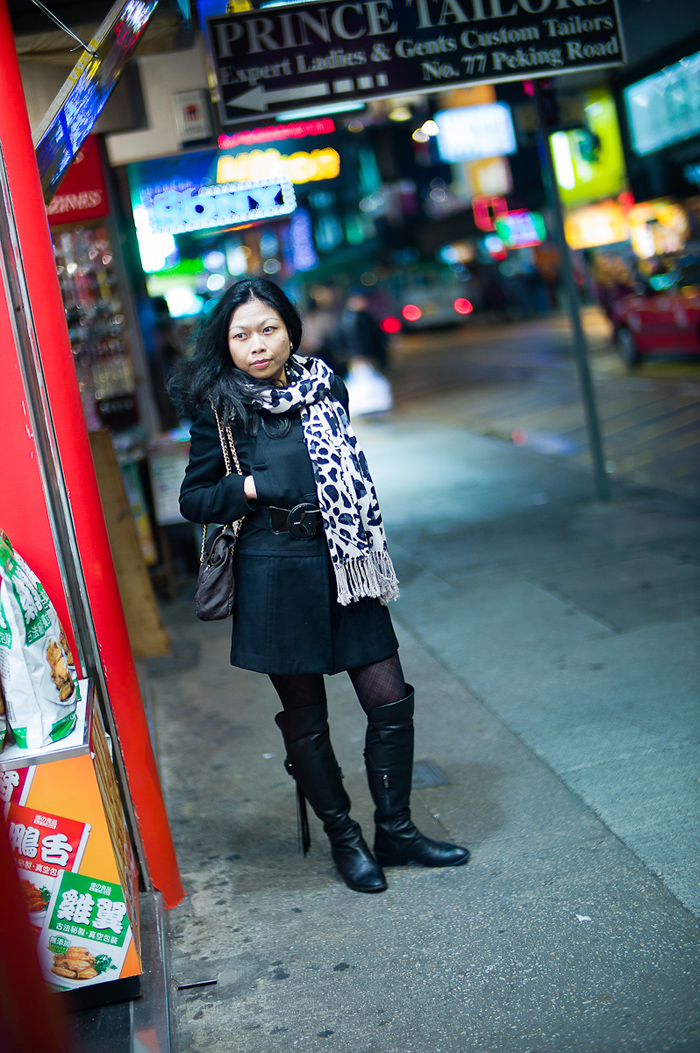
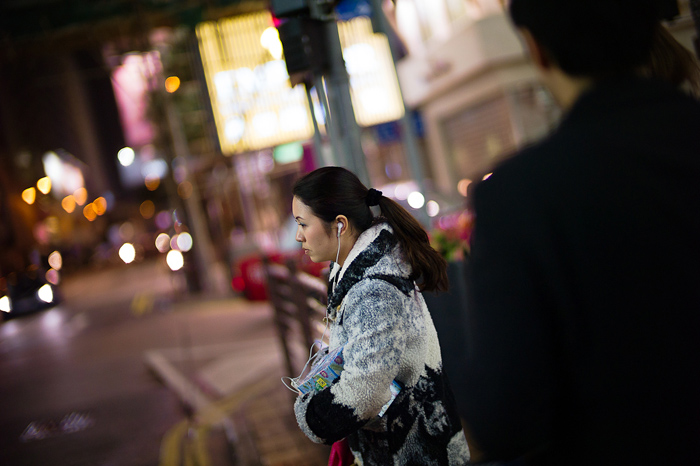
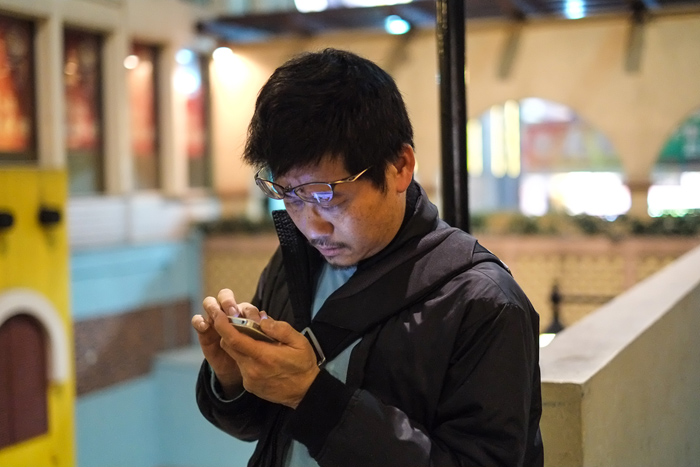


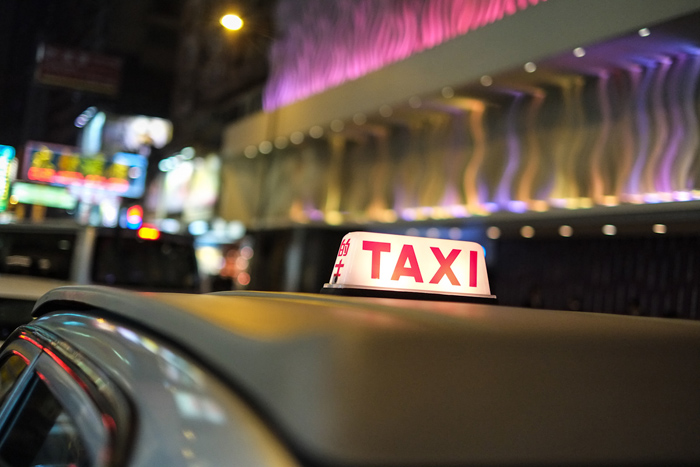 (Taxi, 1/1000th F1.4, ISO 3200)
(Taxi, 1/1000th F1.4, ISO 3200)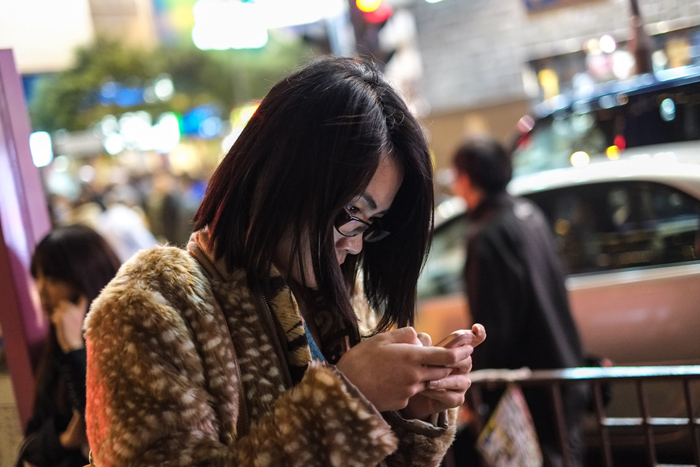








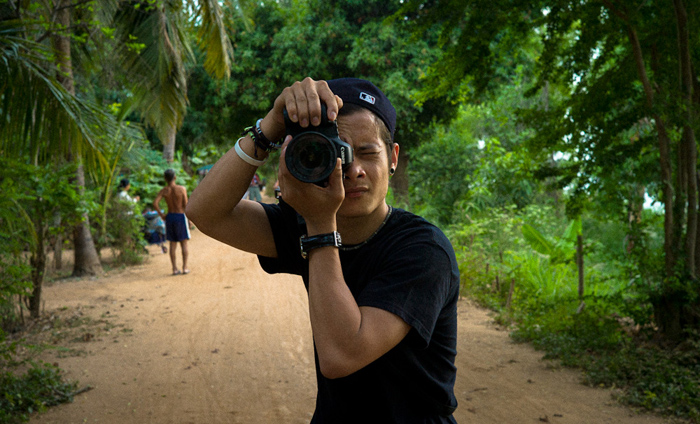 (The author and photographer - RJ)
(The author and photographer - RJ)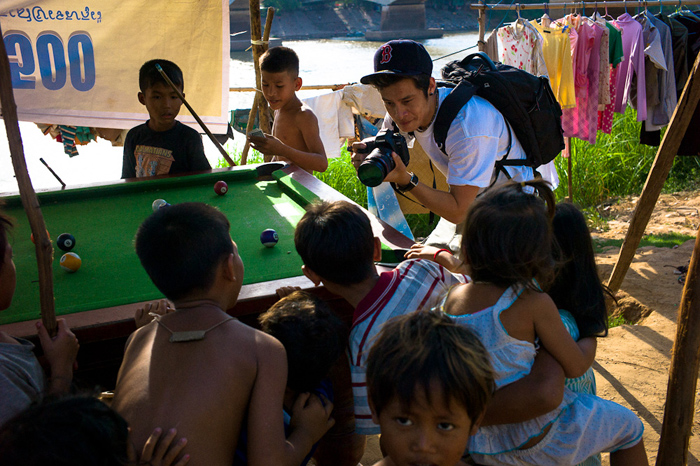 (RJ with the street kids)
(RJ with the street kids)
 (street kids in the railway yard)
(street kids in the railway yard)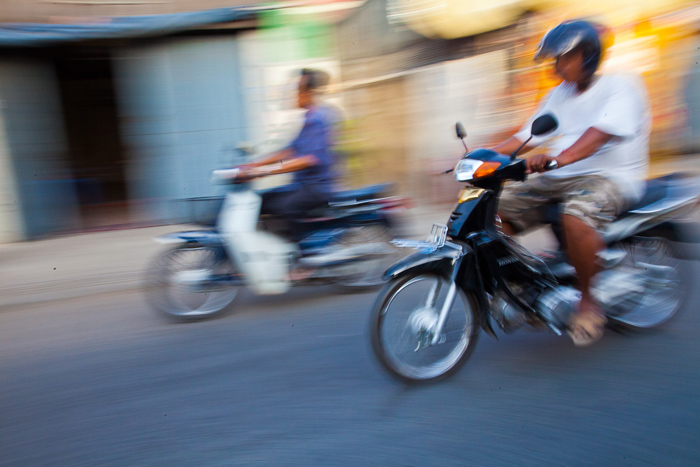 (panning shotwhilst travelling by Tuk Tuk)
(panning shotwhilst travelling by Tuk Tuk) 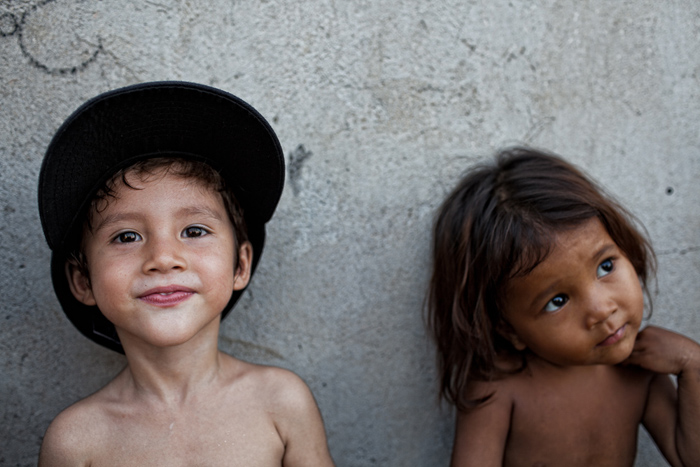
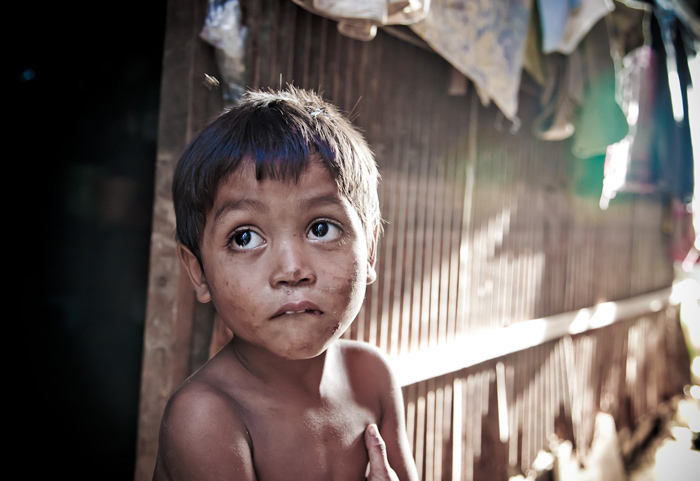 (the eyes are the window to the soul)
(the eyes are the window to the soul)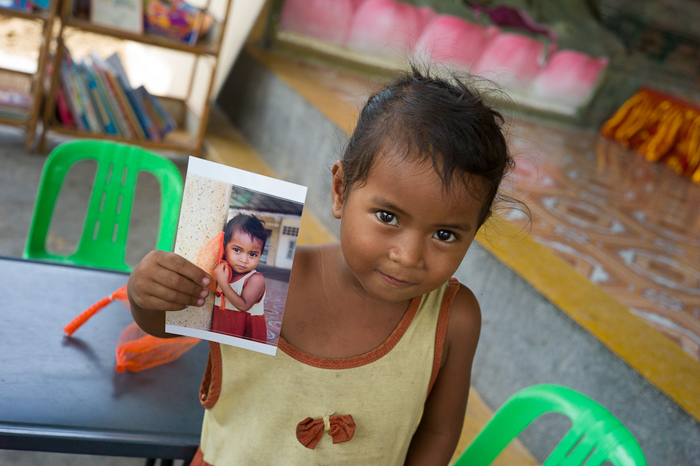 (giving a print made a big difference)
(giving a print made a big difference)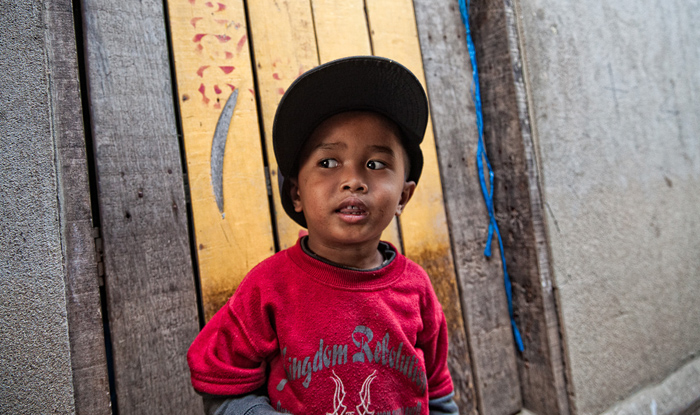
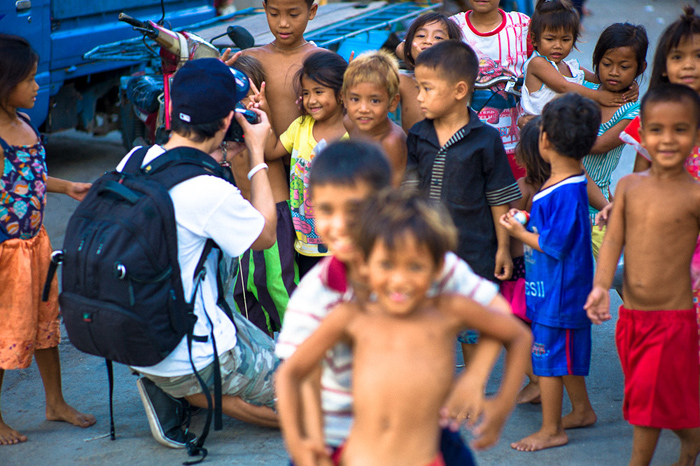 (RJ likes to shoot wide and close with the street kids)
(RJ likes to shoot wide and close with the street kids)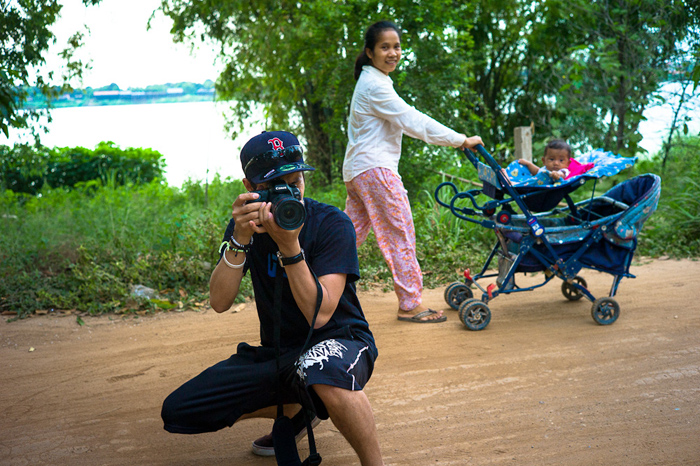 (RJ shooting on Mekong Island)
(RJ shooting on Mekong Island) (Young monks on Mekong Island)
(Young monks on Mekong Island)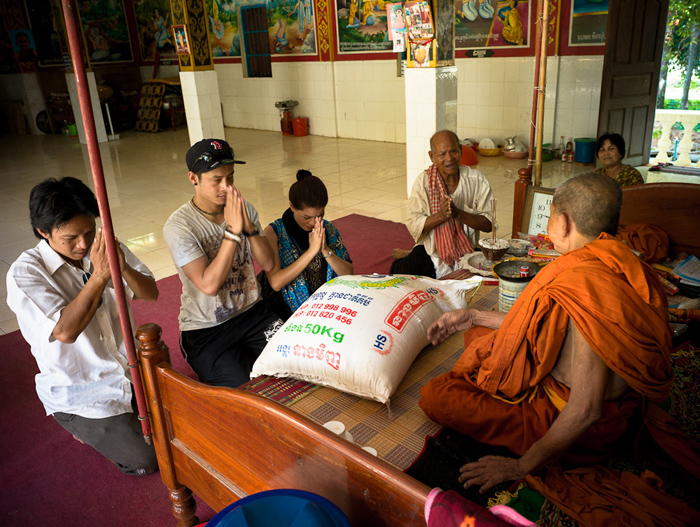 (Offering rice for the monks at the Pagoda)
(Offering rice for the monks at the Pagoda)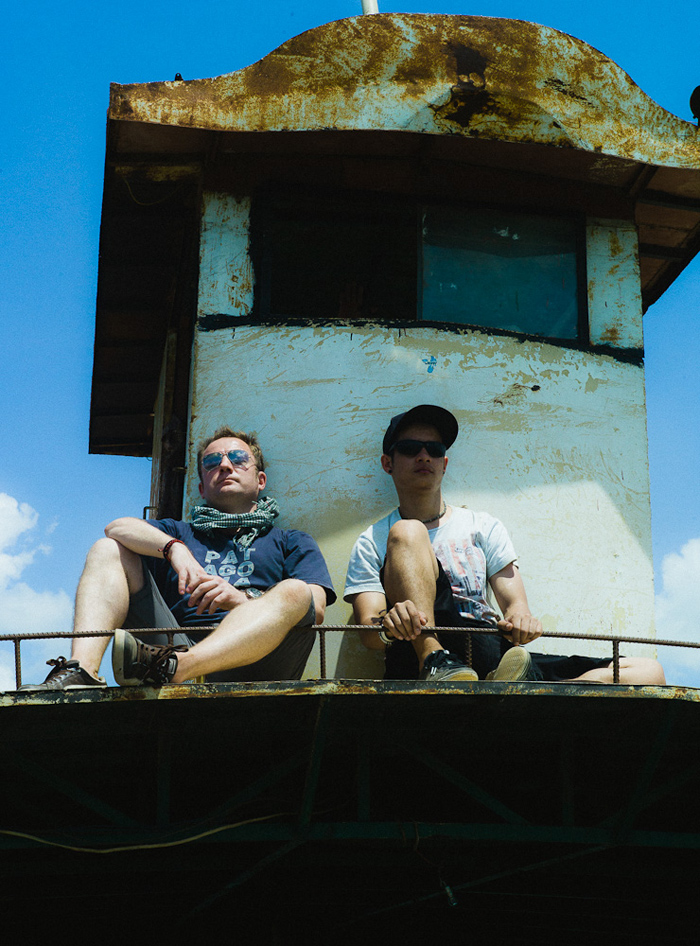 (Gary and myself crossing the river on the roof of the boat)
(Gary and myself crossing the river on the roof of the boat)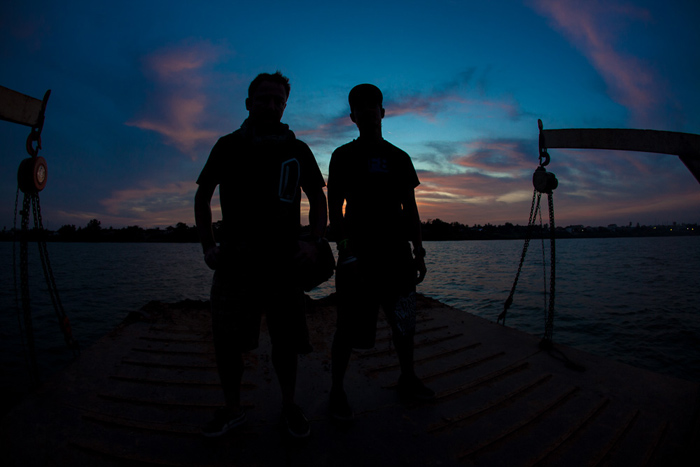 (Gary & I on the boat during sunset)
(Gary & I on the boat during sunset)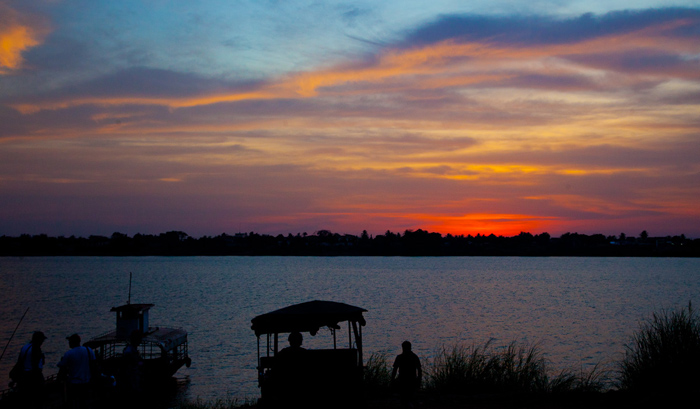 (Sunset over Phnom Penh)
(Sunset over Phnom Penh)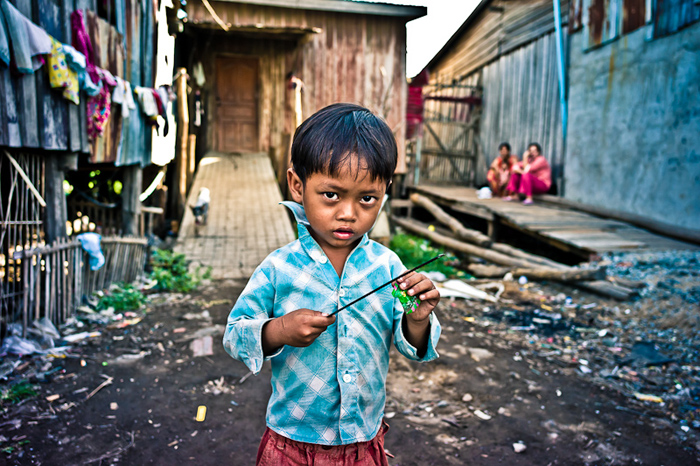 (Children live along the disused railway line in Phnom Penh, one of the poorest parts of the city - this shot taken with the Zeiss 25mm 2.8 lens, which surpassed my expectations, delivering amazing sharpness and 3D look every time)
(Children live along the disused railway line in Phnom Penh, one of the poorest parts of the city - this shot taken with the Zeiss 25mm 2.8 lens, which surpassed my expectations, delivering amazing sharpness and 3D look every time)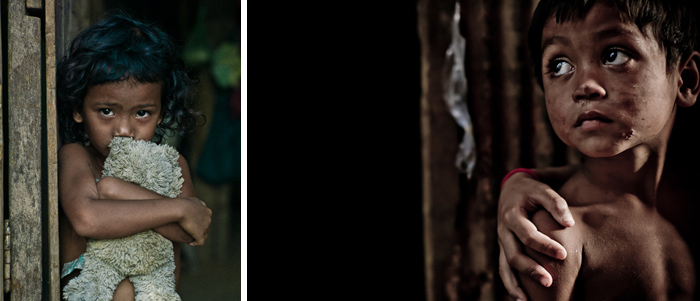 (More kids living in shacks along the disused railway line)
(More kids living in shacks along the disused railway line)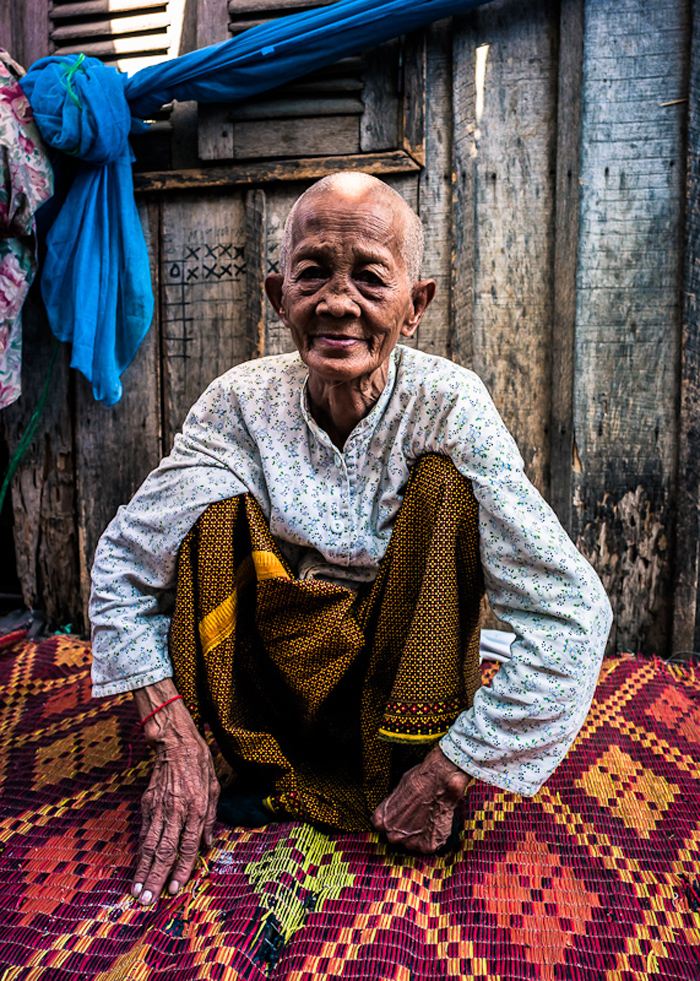 (old lady, shot with the Zeiss 25mm lens...amazingly sharp)
(old lady, shot with the Zeiss 25mm lens...amazingly sharp)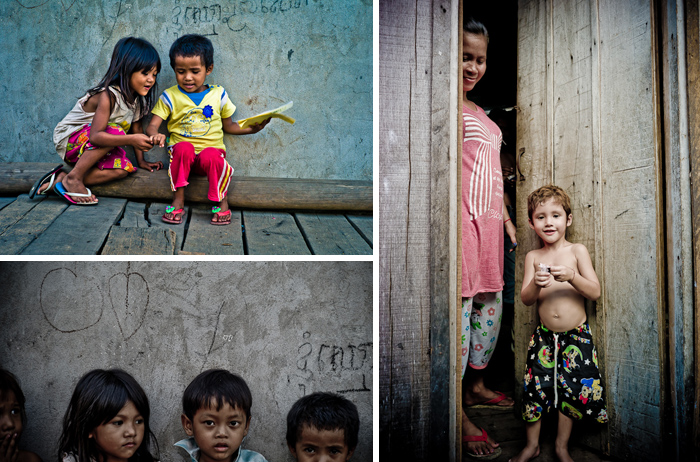 (Children of the railway village, including the 'western' looking child we found pictured here on the right)
(Children of the railway village, including the 'western' looking child we found pictured here on the right)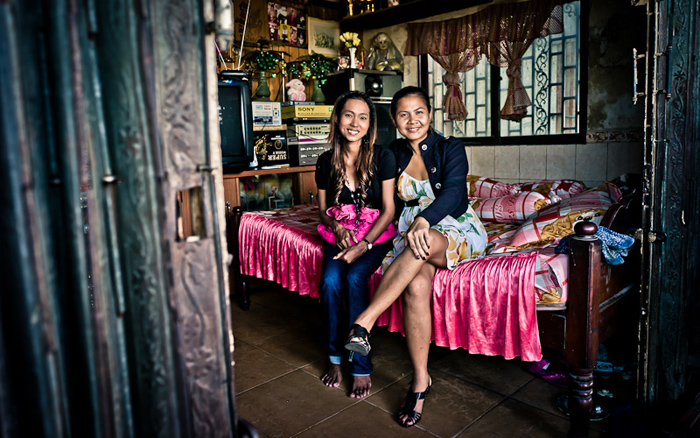 (working girls that live in the railroad slums)
(working girls that live in the railroad slums)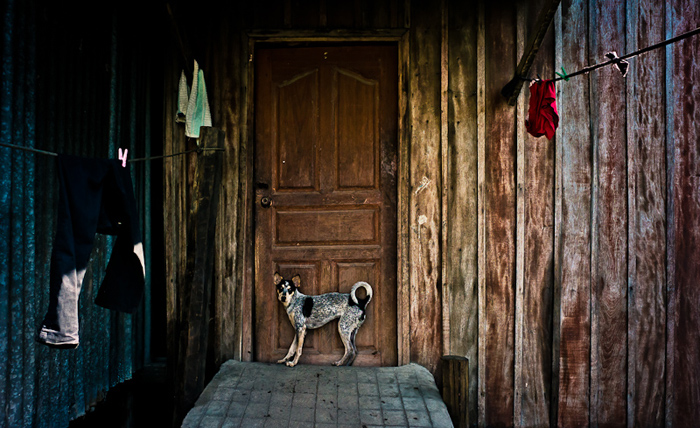 (in the doghouse...)
(in the doghouse...)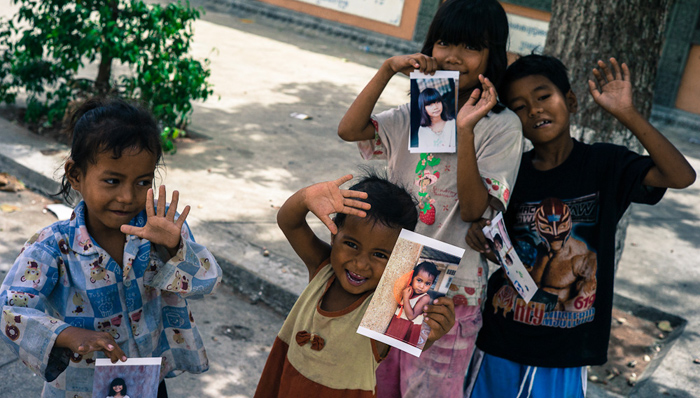 (giving back a print and some candy to the kids was certainly the best way to gain access for us)
(giving back a print and some candy to the kids was certainly the best way to gain access for us)
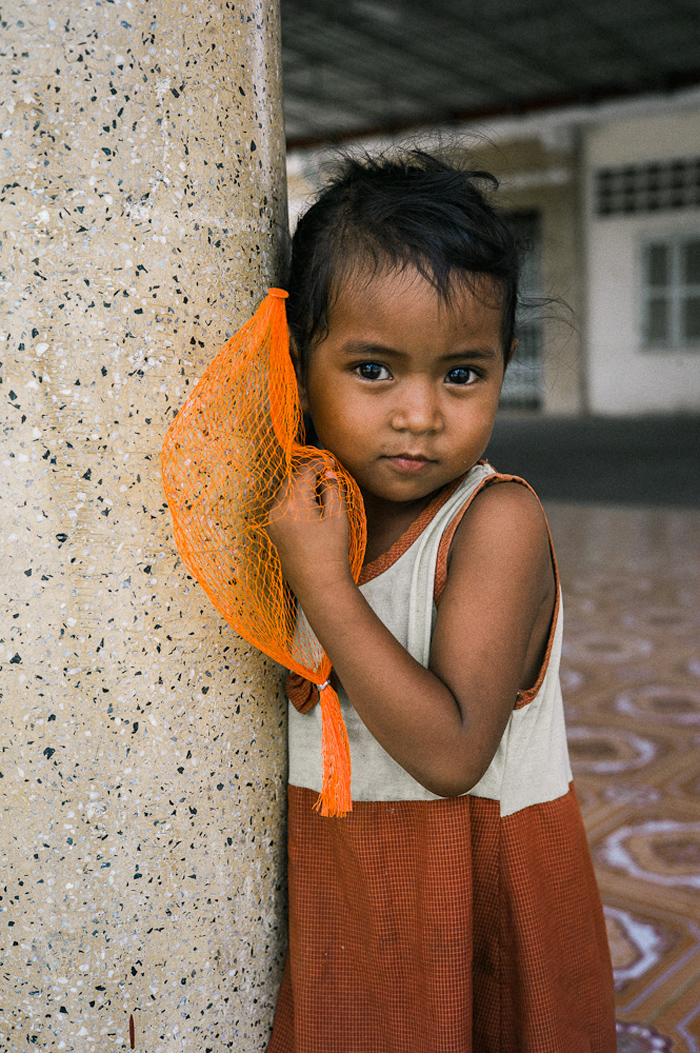
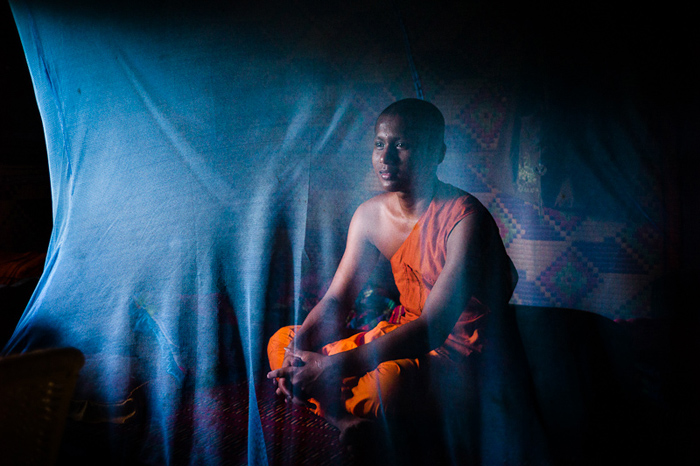

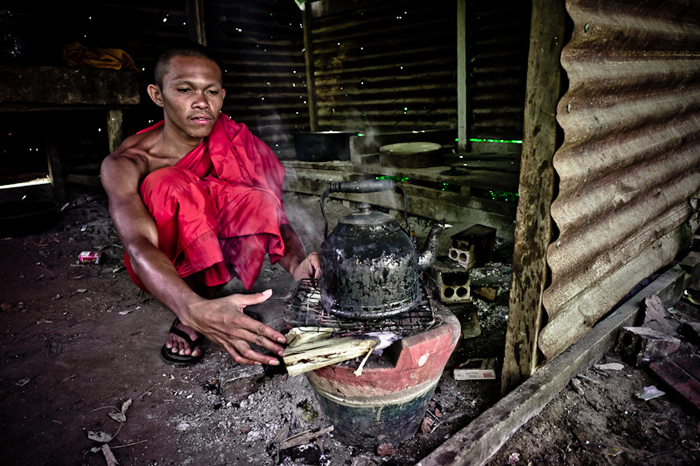


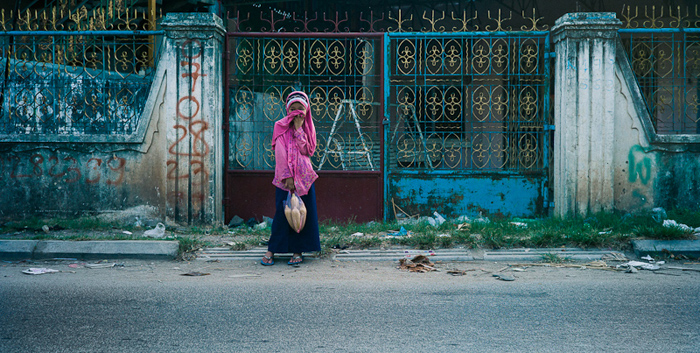 (young muslim girl in Phom Penh)
(young muslim girl in Phom Penh)
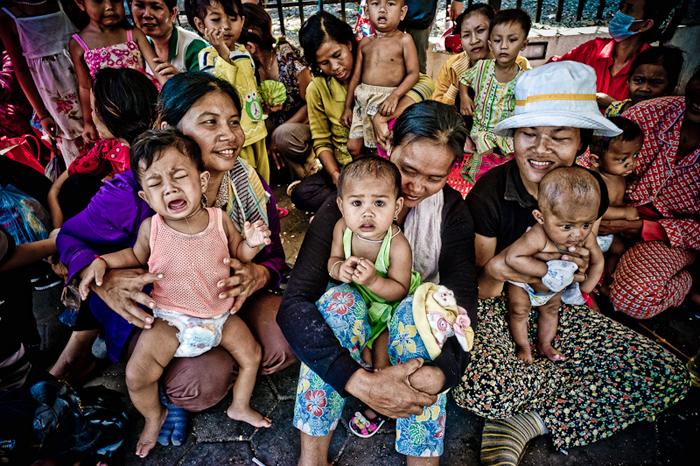 (the Zeiss 21mm 2.8 performed amazingly on the M9)
(the Zeiss 21mm 2.8 performed amazingly on the M9) (First shots wide open in Lan Kwai Fong)
Anyone that shoots Leica M cameras may have heard the buzz that is going around currently about this new 50mm lens that is due to come out later in 2012.
(First shots wide open in Lan Kwai Fong)
Anyone that shoots Leica M cameras may have heard the buzz that is going around currently about this new 50mm lens that is due to come out later in 2012. (Eric Kim posing for the hyperprime...focussing was perfectly accurate at 0.7 metres)
(Eric Kim posing for the hyperprime...focussing was perfectly accurate at 0.7 metres) (Eric Kim in Lan Kwai Fong)
(Eric Kim in Lan Kwai Fong) (Me, photographed by Eric Kim at minimum focussing distance)
(Me, photographed by Eric Kim at minimum focussing distance) (shot wide open from a bit further back..)
(shot wide open from a bit further back..) (wide open, shooting through my friends with background about 10 metres away.)
(wide open, shooting through my friends with background about 10 metres away.) (black and white conversion)
(black and white conversion)
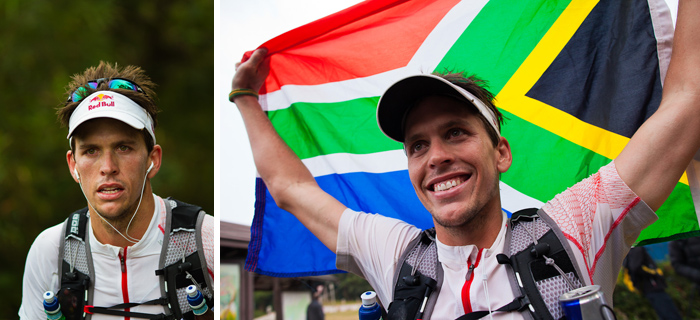 (Ryan Sandes - Winner HK100 2012 in a new record time of 9hrs 55 mins!!)
(Ryan Sandes - Winner HK100 2012 in a new record time of 9hrs 55 mins!!)
 (this guy on the right about to run 100km across rocks with no shoes on?!? Must be crazy!)
(this guy on the right about to run 100km across rocks with no shoes on?!? Must be crazy!)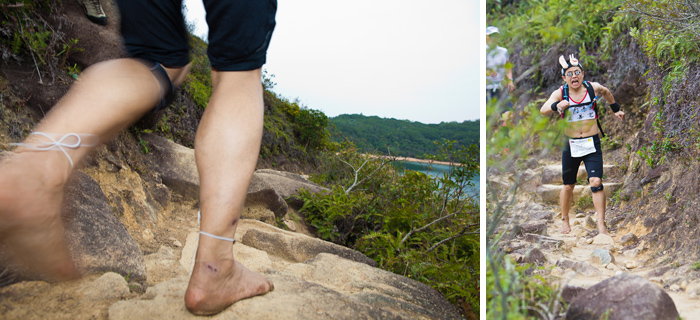
 (slow sync flash with the Canon 5DII and 24mm mark II prime lens)
(slow sync flash with the Canon 5DII and 24mm mark II prime lens)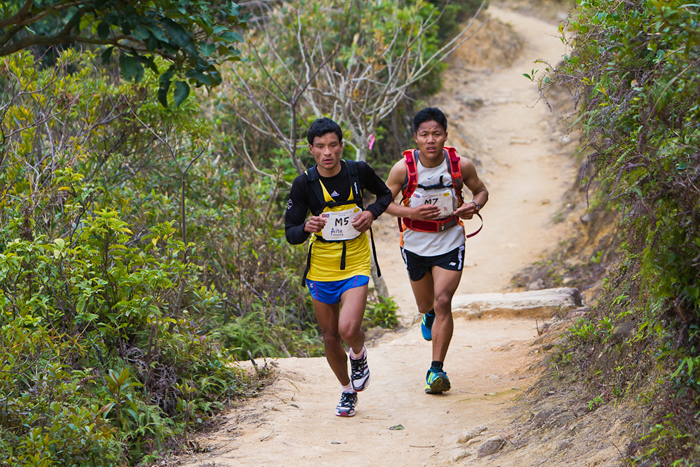 (the two Nepalese runners who led the way for much of the race, eventually coming 2nd & 3rd)
(the two Nepalese runners who led the way for much of the race, eventually coming 2nd & 3rd)
 (smiles all the way to the finish line)
(smiles all the way to the finish line)
 (high ISO in the middle of the night - no problem for the 5D mark 2)
(high ISO in the middle of the night - no problem for the 5D mark 2) (5D mark II with fisheye lens and slow sync)
(5D mark II with fisheye lens and slow sync)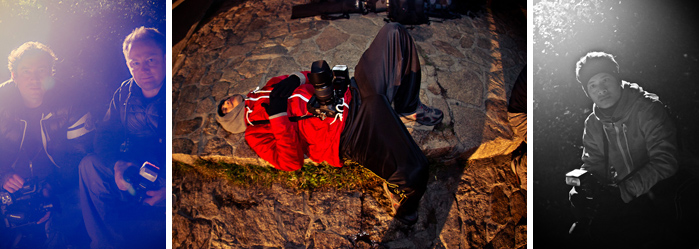 (James the videographer from Mededs with Gary, RJ taking a break and in action during the night)
(James the videographer from Mededs with Gary, RJ taking a break and in action during the night)

